Pineapple pistachio cream lactart is a fancy cream sour vintage soda fountain style drink using a pineapple syrup with fresh pistachio orgeat syrup, with accents of orange and vanilla, complemented with cream and vanilla gelato, soured with Lactart (lactic acid solution), and topped with soda water and a hint of egg white for a foamy texture. The pineapple pistachio cream lactart is served in a footed soda glass with a reusable straw and a long handled soda spoon, finished with a fine grating of fresh nutmeg and garnished with fresh pineapple leaves. Using pineapple leaves as a garnish rather than throwing these away is a great way to be more sustainable. The pineapple top can be planted in your garden for an ongoing source of living garnishes. Pineapple pistachio cream lactart is inspired by vintage soda fountain recipes using pineapple syrup enhanced with accents of orange and vanilla but reworks this with a contemporary exploration of pineapple and fresh pistachio orgeat with accents of orange and vanilla. The fancy presentation with vanilla gelato and fresh pineapple leaves as a garnish connects with the beautiful colours of purple and green in shelled pistachios with which the pineapple fruit is paired and is in keeping with the Victorian era trend for exploring new flavours with special fancy soda fountain drinks.
What is a Cream Lactart? Vintage Soda Fountain Sour Soda
A Cream Lactart is a sour vintage style soda fountain drink that was once served in pharmacies and uses ‘Lactart’ – a lactic acid solution – as a souring agent. Darcy O’Neill (2009: 40) in his wonderful book Fix the Pumps details that Lactart became popular after Acid Phosphate solution, another popular chemical souring agent, became hard to acquire during World War 1 and 2, when it had industrial uses in the wars, the lactic acid solution in Lactart was more easily obtained and came to replace Acid Phosphate in some soda recipes. Darcy O’Neill (2009: 40) writes that a Lactart formula was invented circa 1881 but that Lactarts came to the height of their popularity circa early 1900’s.
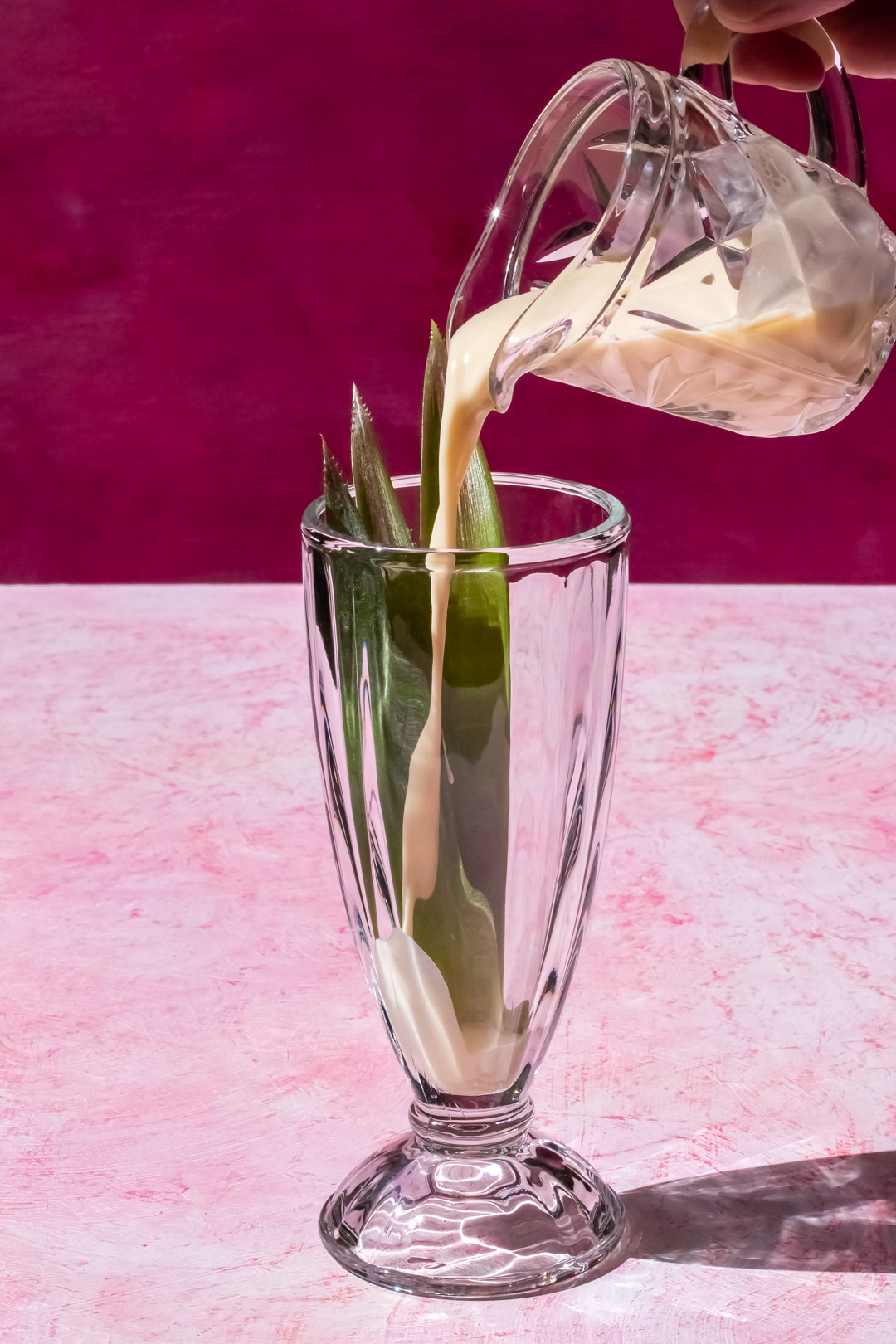
Pineapple Cream Lactart Syrup Flavours: Simple, Compound & Fancy Syrups
The Cream Lactart was served with cream, lactic acid solution and simple flavouring syrups such as pineapple, cherry, and chocolate or ‘compound syrups’ that combined multiple flavours such as pineapple, orange, and vanilla. Emil Hiss (1891: 108) recommends this combination of pineapple, orange, and vanilla in his Standard manual of soda and other beverages and it appears in other recipes such as the ‘Crescent Sherbet’ Syrup and ‘Pineapple Lactart’ recipes compiled by Darcy O’Neill (2009: 120, 130) in Fix the Pump. Hiss (1897: 109) writes:
“Pineapple syrup is improved by adding small amounts of orange and vanilla syrups.”
Emil Hiss (1897: 108). The standard manual of soda and other beverages. G.P. Engelhard: Chicago.
‘Fancy syrups’ included not only fruit syrups or juices but essences and tinctures to create complex flavour combinations such as fancy ‘Ambrosia Syrup’ which called for pineapple juice, plum and quince extract, citric acid, soda foam and syrup and yellow colour (O’Neill 2009: 131).
A Cream Lactart Formula: Soda Syrup, Cream, Lactart, Soda Water
Emil Hiss (1897: 110) provides a formula for Cream Lactarts in The standard manual of soda and other beverages which includes soda syrup, lactart, cream and soda water used to mix syrup and cream and foamed for a foamy head, he writes:
“Cream lactarts are drinks served in 12-ounce glasses with foam, like the “sodas”, using 1 ½ fluidounces of the respective syrup, 1 fluidounce of cream, 1 fluidram of lactart and enough carbonated water, coarse and fine streams, to fill the glass. “Cream vanilla lactart,” for example, would be made from 1 ½ fluidounces of vanilla syrup, etc., as described above.”
Emil Hiss (1897: 110). The standard manual of soda and other beverages. G.P. Engelhard: Chicago.
Soda Fountains and Soda Water
Soda fountain drinks are made with carbonated water – at first carbonated water was made with powdered marble and sulphuric acid in a chilled marble cistern or soda fountain (O’Neill 2009: 5). However, later C02 gas cylinders were housed in elaborate Victorian era soda fountains that were more akin to furniture with ornate marble, wooden and metal structures sometimes in the form of houses with roof tops and lights and metal taps for dispensing soda water and many different syrups (O’Neill 2009: 6). You can view the many different elaborate soda fountain designs in Victorian era catalogues such as John Matthews (1891) The Matthews Catalogue and Price List of Apparatus, Materials and Accessories for Making and Dispensing Carbonated Beverages.
How was Soda Fountain Syrup produced? Large-scale Syrup Batching, Concentrates & Dilution
Soda fountain manuals such as that of De Forest Saxe (1893) Saxe’s New Guide and Emil Hiss (1897) The standard manual of soda and other beverages offer recipes and formulae for making large gallon batches of pre-prepared syrups for use in making multiple sodas and other drinks at the soda fountain. To batch syrups for use in this manner syrups were often made as concentrates which were then diluted for use in the soda fountain by the addition of plain simple syrup, brightening and flavour enhancing citric acid solution and soda foam formulae such as soap bark and egg white foams to improve the foaminess of the head on the soda when dispensed.
Soda Fountain Historic Measures
The measures used in soda fountain manuals I reviewed were in ounces, pounds and gallons and syrups most often referred to recipes for gallons of syrup rather than smaller amounts. Pharmacists in the 1880’s used different measurements than today’s gastronomic measures, such as avoirdupois ounces to measure weight (av. oz.) and fluidounces (fl. oz.) to measure liquids while smaller increments were measured in fluidrams (fl. dr.). I found this Apothecary, Avoirdupois and Unusual Conversions chart useful when reading soda fountain syrup recipes to understand the abbreviations and measures. For more information on specific historic measurements used see Darcy O’Neill’s (2009: 103) helpful comments in Fix the Pumps.
Small Batches for Home Bars: Metric Conversions & Modern Soda Syrup Recipes
For the home bartender or cook I recommend making small batches of syrups to experiment with. While I thoroughly reviewed the vintage syrup recipes, I found the metric conversions of Darcy O’Neill (2009) in Fix the Pumps and the modern adaptations of vintage syrup recipes in Gia Giasullo and Peter Freeman’s (2014) The Soda Fountain very useful for measurements and simplification. It was more practical for small batches to make ready-made syrups, add small amounts of citric acid to syrups directly and add optional foaming agents to individual drinks rather than batched syrups.
Soda Syrups & Extracts/Tinctures, Medicinal Sodas
Soda syrups were made using fruits and vegetables and other ingredients such as chocolate and herbs and spices combined with sugar and water – sometimes in the form of a concentrated syrup and at other times directly infused in simple syrup. Darcy O’Neill (2016) in his helpful article Simple Syrup for Cocktails in Art of Drink points out that different ratios of sugar to water in simple syrup were employed by different pharmacists, some favouring a 2:3 ratio, others a 4:3 and still others an easier to work with 1:1 ratio of sugar to water. The fruit syrups were relying on sugar as a preservative and as such a large amount of sugar was often used but then diluted with plain simple syrup prior to use in the soda fountain.
Lists of syrup recipes from soda fountain operating manuals such as those of De Forest Saxe (1893) Saxe’s New Guide and Emil Hiss (1897) The Standard Manual of Soda and other Beverages are numerous employing many fresh fruits and vegetables from oranges and cherries to pineapples and celery as well as house made extracts, tinctures, or flavour essences such as vanilla that were infused in alcohol with sugar. Tinctures could be used as flavourings and as medicines involving dispensing through addition of simple syrup, flavour syrups and soda water.
Syrups were used as a standalone flavouring, or they could be mixed into complex ‘compound syrups’ and ‘fancy syrups’ (O’Neill 2009: 113) with elaborate names such as ‘Opera Bouquet’ (Saxe 1893: 54), ‘Alhambra Cream’ (O’Neill 2009: 119), and ‘Ambrosia Syrup’ (O’Neill 2009: 131).
Alcohol in Soda Syrups: Flavouring Ingredient
Some syrups employed alcohol as a flavouring ingredient such as Sherry in De Forest Saxe’s ‘Opera Bouquet’ or Sherry and Catawba wine in his ‘Sherbet’ or Brandy in his ‘Don’t Care Syrup’ appearing in his Saxe’s New Guide (Saxe 1893: 54, 58-9, 43). ‘Don’t’ Care Syrup’ was offered when customers indicated they did not care which flavour soda they would receive. Hiss (1897: 22-3, 73) in The standard manual of soda and other beverages comments that the inclusion of alcohol in syrups was not something he condoned but that he had included recipes with alcohol where this was a well-known recipe such as in his ‘Don’t Care Syrup’, he writes:
“The serving of liquors belongs in the saloon, and should not be countenanced outside of saloons. For this reason, formulas for soda syrups containing wines or liquors are not given in this work, except in a few instances where the formula is one so well established that it could not be omitted.”
Emil Hiss (1897: 22-23). The standard manual of soda and other beverages. G.P. Engelhard: Chicago.
Hiss (1897: 73) provides a recipe for ‘Don’t Care Syrup’ that contains Port, along with pineapple, strawberry, vanilla, and simple syrup he elaborates on the ingredients for the ‘Don’t Care Syrup’:
“Almost any syrup may be dispensed for this, or any combination of syrups may be used. If there be in stock any unsalable syrups or juices, these ay be mixed and sold under this name. Some have indulged in the detestable practice of furnishing an alcoholic drink under this name; this should never be countenanced.”
Emil Hiss (1897: 73). The standard manual of soda and other beverages. G.P. Engelhard: Chicago.
The proportion of alcohol used in soda fountain syrup recipes provided by De Forest Saxe (1893) and Emil Hiss (1897) indicates this was likely used as a flavouring ingredient rather than simply an alcoholic beverage. For example, De Forest Saxe’s (1893: 43) ‘Don’t Care Syrup’ uses ½ Pint or 284mls Brandy to 1 Gallon or 4.5 Litres of Simple Syrup along with Fruit Acid and Gum Foam.
Foaming Agents: Soda Foam to Create a Foamy Soda Head & Aroma
Soda drinks required a good head of foam to create the desired texture – to achieve this foaminess Soda Foam was used and could be made from diverse ingredients from egg white, gelatine, and tree barks such as Soap Bark or ‘Quillaja’, sometimes compounded with Sarsaparilla, Soap Wort or ‘Saponaria’, resins such as Gum Arabic and Acacia to Irish Moss seaweed (O’Neill 2009: 66-67; Saxe 1893: 32-33; Hiss 1897:34-35). Darcy O’Neill (2009: 66) argues that the use of foam additionally created an enhanced aromatic and ‘sensory’ flavour experience for the soda drinker.
Albumin Foam or Egg White Soda Foam Formula
Egg White or Albumin Soda Foam uses egg white and water and was added to syrups to add foaminess. Hiss (1897: 34) provides an Egg White or Albumin Foam formula, he writes:
“…the white of 1 egg should be added 16 fluidounces of water, stirring well, and straining. Or one-half of the water may be replaced by simple syrup. This mixture decomposes very quickly, and should be preserved on ice, or, better yet, it should be prepared only as required…About one fluidounce of this liquid is enough for one-half gallon of syrup.”
Emil Hiss (1897: 34). The standard manual of soda and other beverages. G.P. Engelhard: Chicago.
Flavour Brightener: Citric Acid or Fruit Acid Solution
Citric Acid referred to as ‘Fruit Acid’ by De Forest Saxe (1893: 33-34) is a common ingredient in many syrups used for brightening fruit flavours and to add a kick of sourness to ingredients such as orange or pineapple and even vanilla. Saxe (1893: 33-4) offers a formula for making ‘Fruit Acid’ calling for 16 oz. citric acid to 16 oz. water and added to syrup at the ratio of ‘one-half ounce of fruit acid to the gallon of syrup’ to ‘bring out the flavour of the fruit’.
Texturisers: Cream, Ice Cream, Milk & Eggs
Texture was added to soda fountain drinks by using ingredients such as cream, ice cream, milk and eggs which were added with syrups and then either shaken to combine in a cocktail shaker as with egg recipes and/or mixed and foamed using soda water as with Cream Lactarts. De Forest Saxe (1891: 61-69) offers a detailed method for making egg, milk and cream drinks in his Saxe’s New Guide and Emil Hiss (1879: 111, 122-125) in The standard manual of soda and other beverages also offers instructions for making egg, milk, and cream drinks. For more on how the Cream Lactart was made by the foamed ice cream/cream soda method see below under How to make a Cream Lactart.
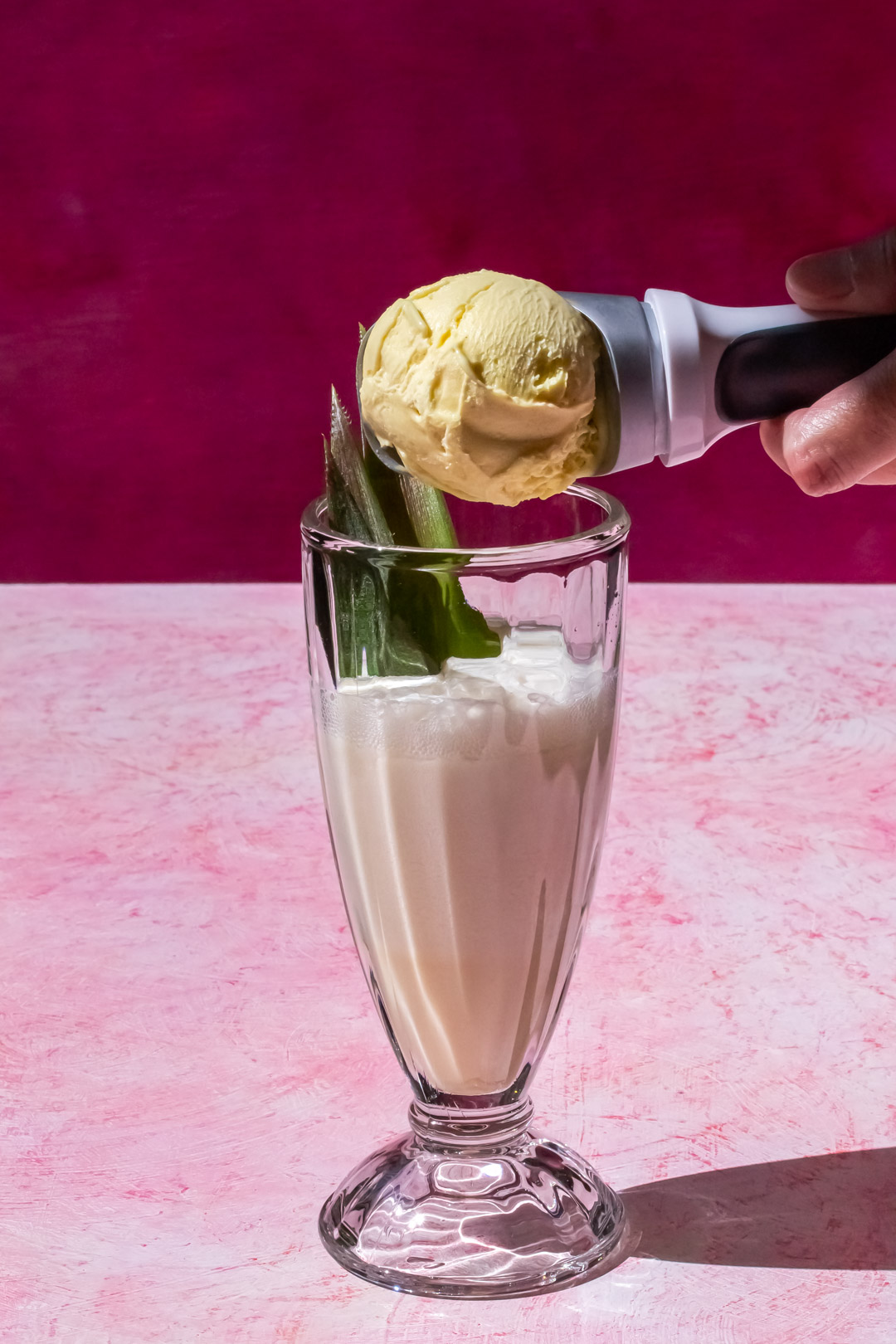
Souring Agents: Citrus, Fruit Vinegars, Acid Phosphate, Lactart
Soda fountain drinks used many souring agents to create unique refreshing drinks, for a detailed discussion of soda acidifiers see Darcy O’Neill’s (2209: 35, 75-81) Fix the Pumps. Darcy O’Neill (2009: 35) relates how the first soda fountain drinks used natural citric acids in citrus fruits such as lemons and limes but that they began to experiment with diluted solutions of ‘mineral acids’ such as phosphoric acid solution to allow a continued supply of souring agents when citrus was expensive or out of season. Fresh citrus continued to be added to syrups such as lemon, orange, and lime syrup. Vinegars were also used as a souring agent at the soda fountain, such as raspberry vinegar.
Chemical souring agents came to include Acid Phosphate or phosphoric acid solution with phosphate mineral salts with a ‘dry, acidic bite’ used in sodas called ‘Phosphates’ and Lactart or lactic acid solution characterised by a ‘tart’ flavour and ‘flavour enhancing’ qualities used in sodas called ‘Lactarts’ (O’Neill 2009: 35, 80). Acid Phosphate was a popular souring agent before World War 1 and 2, during the wars due to use in war industry this ingredient became harder to find and so was in some instances replaced with lactic acid solution or Lactart that was at this time more easily available (O’Neill 2009: 40).
Lactart Formula: 10% Lactic Acid Solution
Hiss (1897: 109-110) provides a formula for making Lactart in The standard manual of soda and other beverages, where he states that Lactart is a 10% lactic acid solution, he writes:
“Lactart itself is a proprietary preparation consisting essentially of lactic acid, containing 10 per cent of the latter. It may be prepared from U.S.P. lactic acid by mixing 2 fluidounces of the latter with 13 fluidounces of water. U.S.P. acid contains 75 per cent absolute acid.”
Emil Hiss (1897: 109-110). The standard manual of soda and other beverages. G.P. Engelhard: Chicago.
How to make a Cream Lactart? Foamed Cream Soda Method
Soda fountain manuals offered detailed methods for making soda fountain drinks. Emil Hiss (1897: 19-20, 67, 102, 111, 122-125, 131, 136) in The standard manual of soda and other beverages provides detailed instructions on the method for making sodas in different ways and descriptions of finished drinks. De Forest Saxe (1893: 61-69) in Saxe’s New Guide also offers detailed methods for making soda drinks, in particular his egg drink and fancy milk and cream drink methods offer precise and useful details. Soda making methods included:
- Foamed: for use with cream/ice cream sodas, Cream Lactarts
- Fizzed: for use with effervescent Fizzes
- Solid: for use with still served Phosphates and syrups
- Shaken: shake & strain for milk & cream drinks some topped with soda water and shake & pour for egg drinks charged with soda water
- Fancy: elaborate presentation with crushed ice and fruit garnishes for fancy drinks, Fancy Phosphates
The Cream Lactart Soda was made by the foamed cream soda method. I have included a summary of the other soda making methods as they provide context and show the diversity of soda fountain drinks, the art of making sodas and fancy drinks and the elaborate style of presentation required for fancy drinks. Soda making methods are also of interest as they show the crossover between soda fountain drinks and cocktails – it is my hope that by offering an accessible discussion of these they may be a source of inspiration for new cocktail and drink recipes. The pineapple pistachio cream lactart makes use of the foamed cream soda method and borrows elements of the fancy presentation of vintage soda fountain drinks.
1: Foamed Cream Soda Method – for Foaming Ice Cream & Cream Sodas
The soda is foamed by adding the soda water to cream and syrup already in the glass using the fine stream to mix this, filling the glass with the coarse stream, and adding ice cream if using, then using the fine stream to foam the soda creating a foamy head on the soda (Hiss 1897: 19-20, 67). Hiss (1897: 19) eloquently writes of the art of the foamed ice cream or cream soda method and what he calls the ‘layered mixture’ of the finished ice cream soda:
“There is but one way to draw ice-cream soda, and that way, it is safe to say, is but seldom followed. In the first place, put about 1 ½ to 2 fluidounces of syrup into the glass, turn in the fine stream of carbonated water, moving the glass about quickly so that the stream may play upon every portion of the syrup in the glass; then turn in the coarse stream until the glass is more than half full, then turn in the fine stream for a moment so as to mix the contents of the glass again; now drop in the ice cream, and fill up the glass with the fine stream, turning in enough of the latter so that the layer of foam rises nicely above the glass. As usually drawn – syrup first, then ice cream, and finally soda – the product is a layered mixture of thick syrup on the bottom, carbonated water above this, the whole covered with a meagre amount of foam, and the ice cream floating about just beneath the surface of the foam.”
Emil Hiss (1897: 19). The standard manual of soda and other beverages. G.P. Engelhard: Chicago.
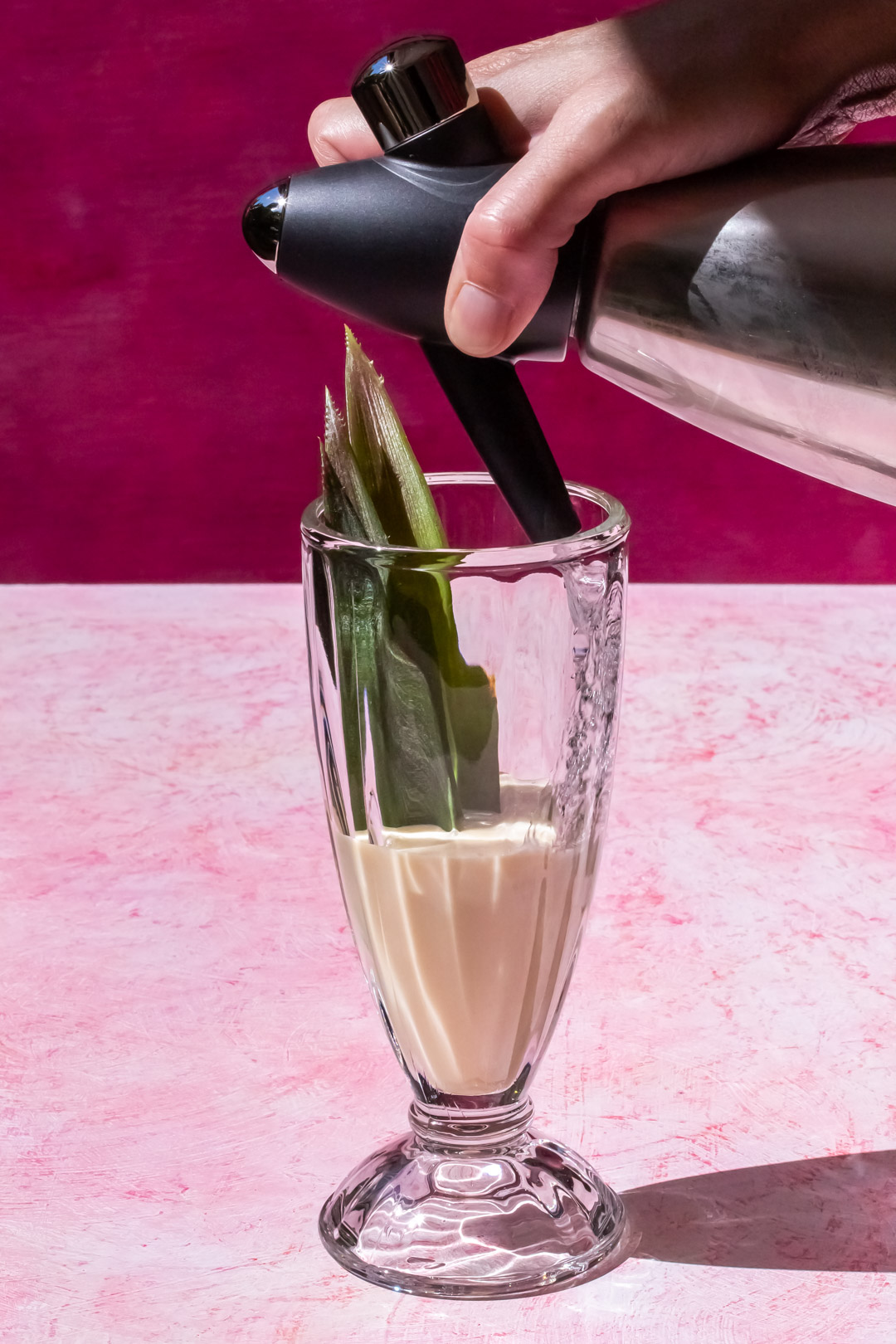
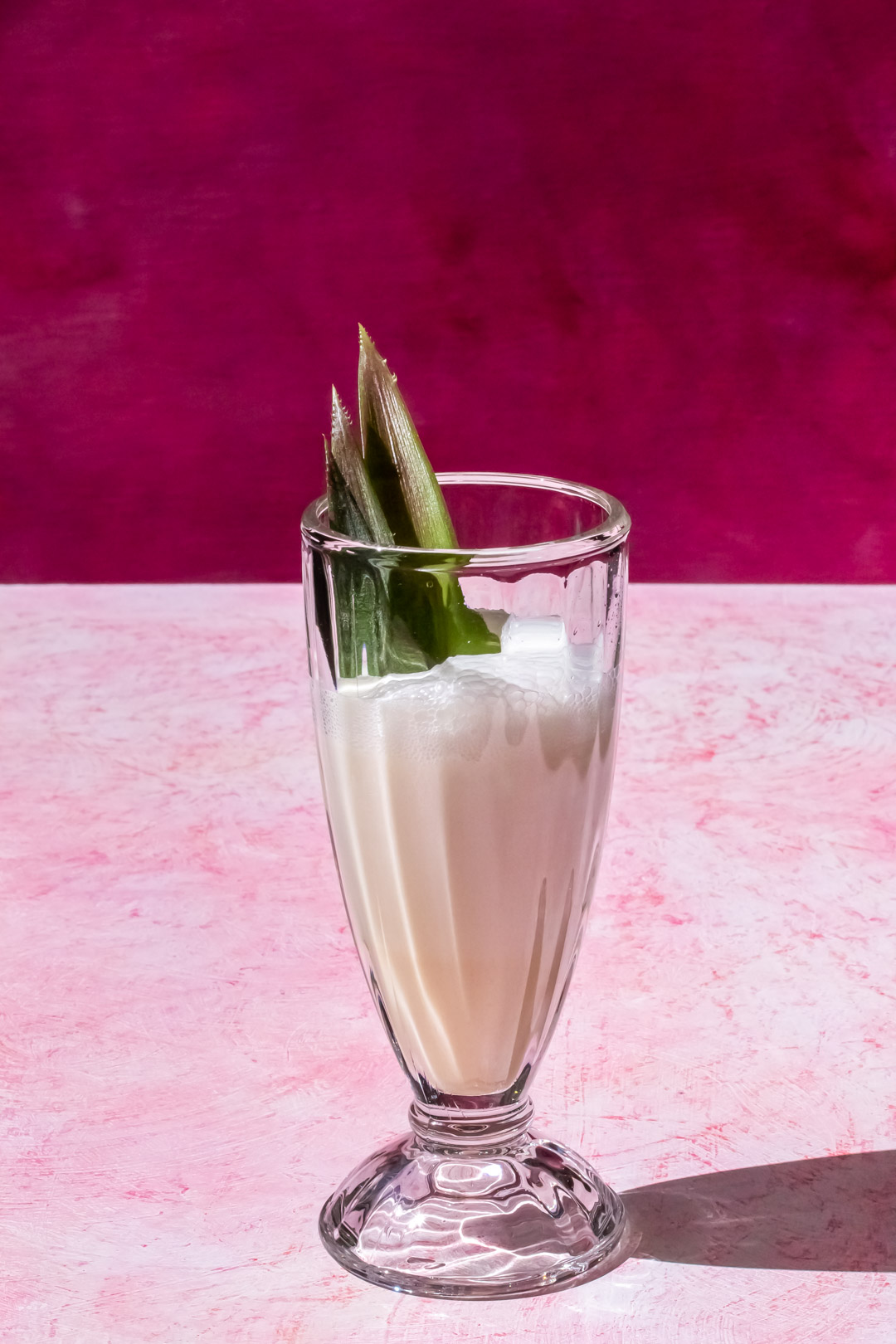
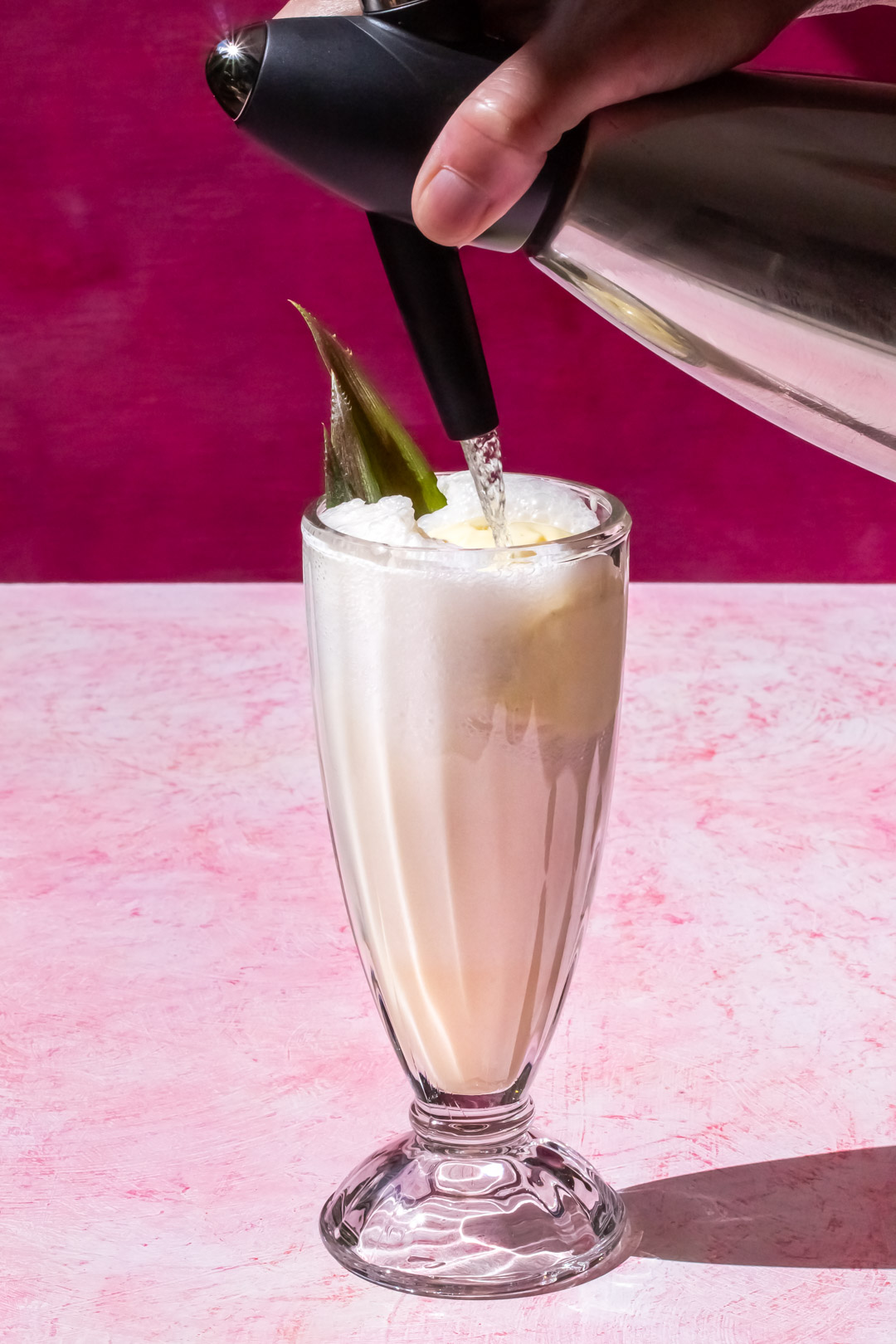
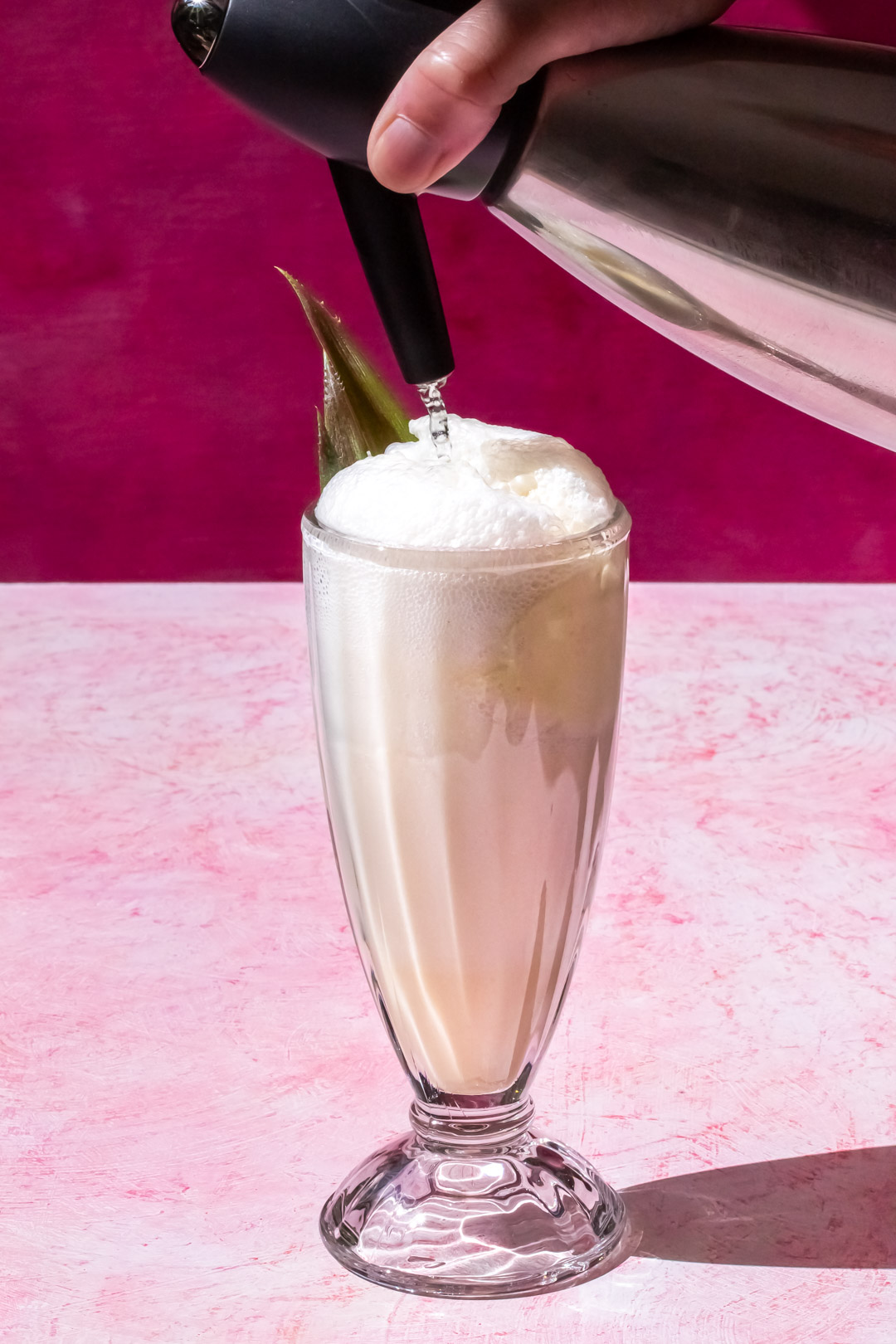
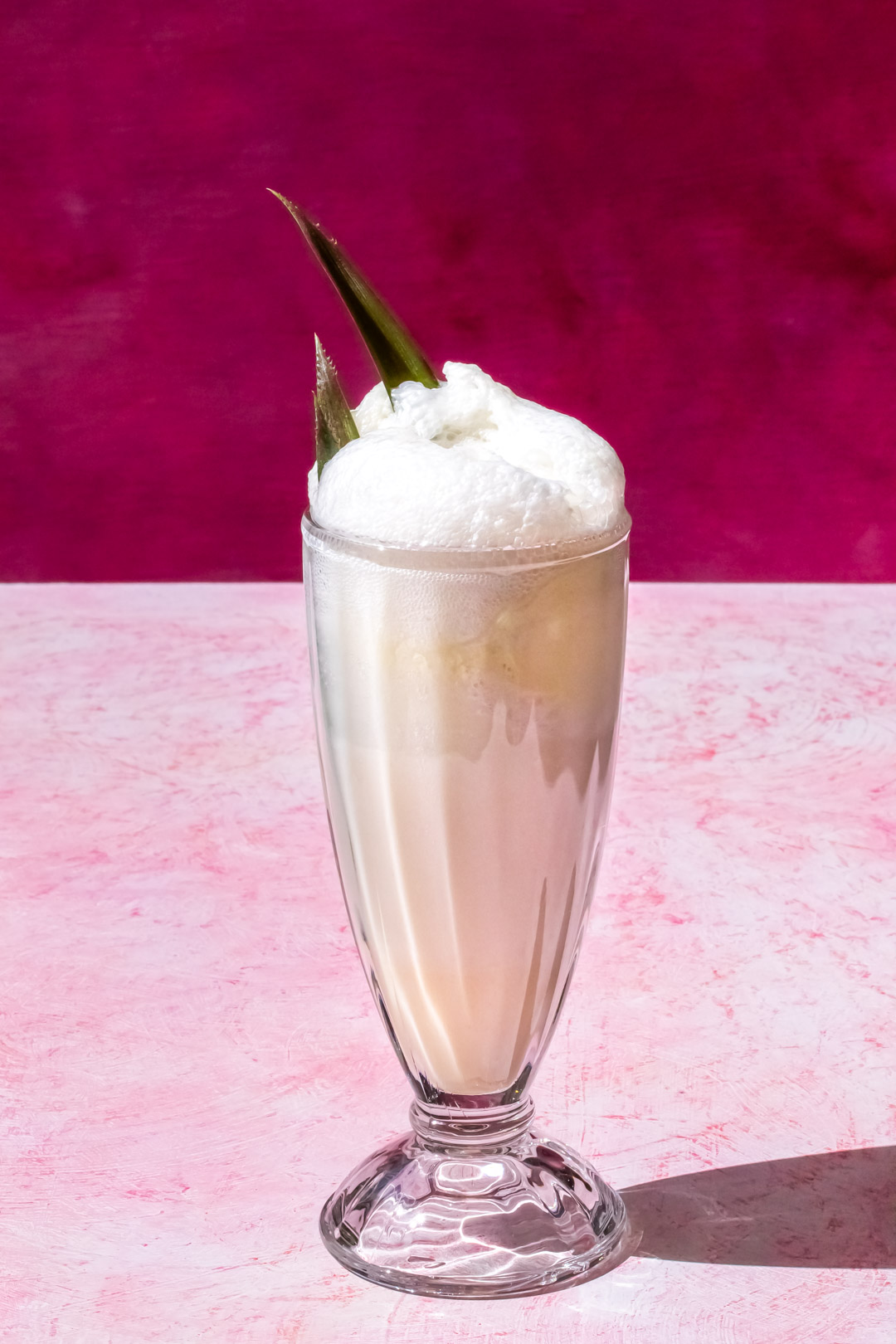
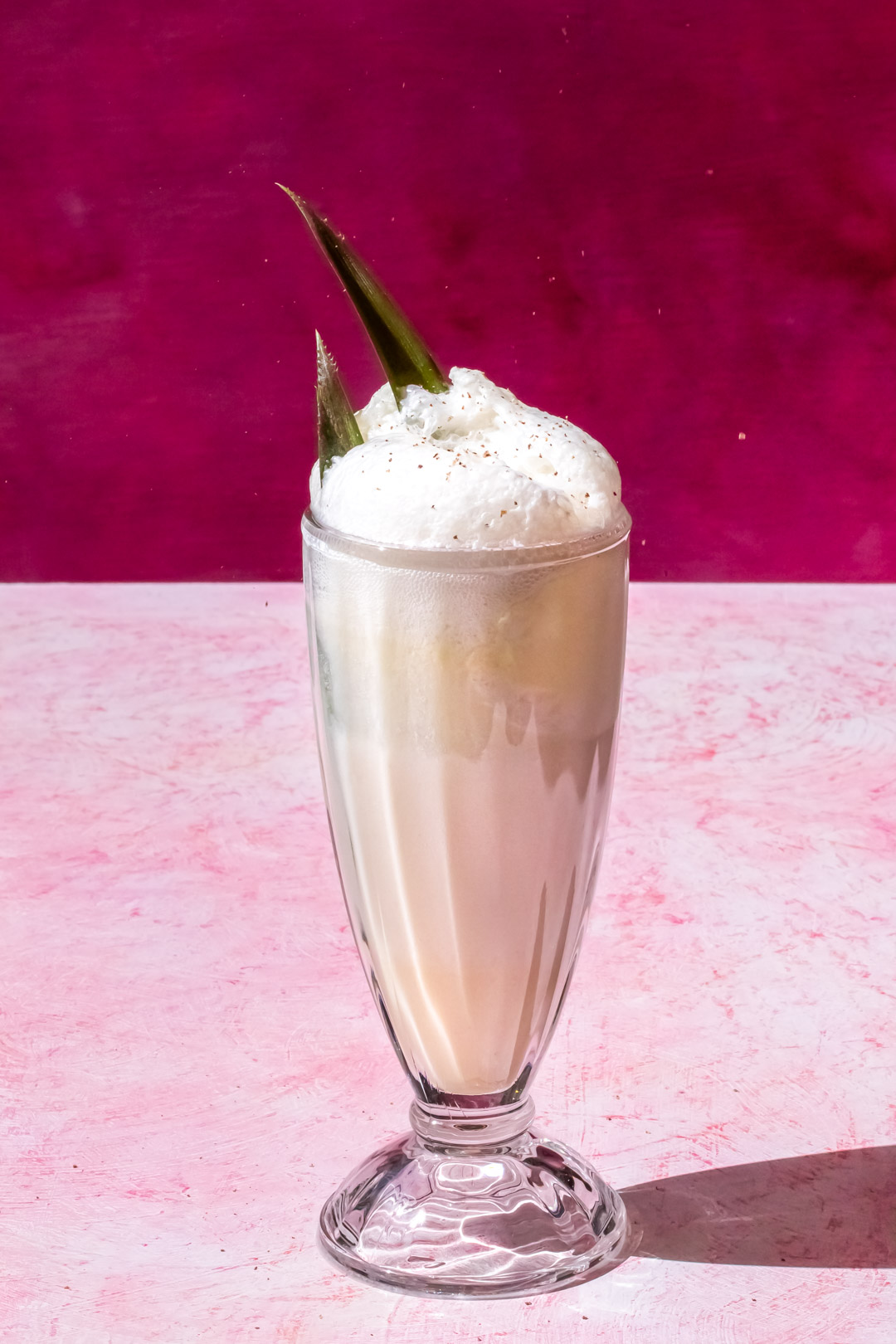
2. Fizzed Method – for Effervescent Fizzes
Soda syrup is added to a 12 oz. glass, the glass is filled ‘half’ or ‘three-fourths’ full of soda water using the coarse stream, the syrup and water stirred with a spoon, and sometimes powdered sugar is added and stirred in at this point, with the instruction being to ‘serve during effervescence’ as for ‘Lemon Fizz’ or ‘drink during effervescence’ as for ‘Soda Cocktail’ (Hiss 1897: 131, 136).
3: ‘Solid’/ ‘Still’/‘Flat’ Method – for Syrups and Phosphates
Soda is drawn first into an 8 oz. glass leaving a gap at the top for the syrup which is then added and stirred with a spoon (Hiss 1897: 19-20, 67). Hiss (1897: 67) describes the ‘solid’ method for serving ‘still’ or ‘flat’ soda as follows:
“Any of these syrups may also be served “solid” by drawing an 8-ounce glass seven-eights full of carbonated water drawn with the coarse stream, adding about 1 fluidounce of the syrup, and stirring with a spoon.”
Emil Hiss (1897: 67). The standard manual of soda and other beverages. G.P. Engelhard: Chicago.
4. Shaken Method – for Fancy Milk & Cream and Egg Drinks
A shake and strain method was used for milk and cream drinks that then in some instances were topped with soda water. A shake and pour method, was used for egg drinks where the drink was first shaken with ice, charged with soda water, and then poured three times before serving.
Shake & Strain – Milk & Cream Drinks
Milk and cream were added along with syrup and acid to a shaker tin and shaken with ice and then strained and served with grated nutmeg and sometimes whipped cream (Saxe 1893: 61-65; Hiss 1897: 122-125). Some shaken milk and cream drinks were topped with soda water for example ‘Moorish Sherbet’ and ‘Strawberry Puff’ (Hiss 1897: 124-125).
Shake & Pour – Egg Drinks
For egg drinks, eggs were added to a shaker tin along with syrups, acids and ice and shaken to mix them, then charged with soda water by the fine and coarse streams and ‘poured’ from the shaker to the glass three times, topped with foam from the shaker and dusted with grated nutmeg before serving (Hiss 1897: 111; Saxe 1893: 65-69).
5. Elaborate Presentation with Crushed Ice – for Fancy Drinks – ‘Fancy Phosphates’
Elsewhere, Hiss (1897: 102) indicates that ‘fancy phosphates’ could be served with crushed ice in 12 oz. soda glasses with straws and elaborate fresh fruit garnishes to match their flavouring syrups. Hiss (1897: 109) explains that ‘Lactarts’ are made the same way as ‘Phosphates’ with the difference being that ‘Lactart is substituted for the Solution of Acid Phosphates’.
How is the pineapple pistachio cream lactart different?
The pineapple pistachio cream lactart uses vintage soda fountain recipes for inspiration but departs from these in a few ways. I have simplified the syrup making process and made ready-made syrups with fresh ingredients rather than relying on varying ratios in both simple syrups and concentrate syrups to then be diluted with further simple syrup. For ease of storage and because I am operating on a small batch scale rather than producing gallons of syrup, I have added my soda foam using egg white and water to individual drinks rather than to syrups. I have used fresh ingredients wherever possible, using fresh pineapple and oranges, whole vanilla pods rather than only vanilla essence and fresh pistachios in my orgeat.
I have retained the Lactart solution as it is very interesting historically – it has its own tart flavour like yoghurt and is otherwise a neutral souring agent. It is possible to substitute the Lactart with ½ oz. fresh lime juice, although it is important to note that this introduces a lime flavour that is not unpleasant but departs from the pineapple of the original recipe. I have tried making this recipe with ready-made Lactart by Extinct Chemical Co. and with my own homemade lactic acid solution – both solutions work well as a souring agent. The ready-made version is great for ease of use while the homemade version seemed to have slightly more sourness and creaminess in mouthfeel.
In vintage Pineapple Lactart recipes there are compound syrup formulas provided that require multiple individual syrups to be combined – a popular combination for Phosphates and Lactarts made with pineapple was the addition of a small accent of orange and vanilla syrups (see Hiss 1897: 108). I have retained this accent although I have paired the pineapple with a fresh pistachio orgeat for a creamy mouthfeel and delicate nutty flavour that accentuates the fruitiness of the pineapple. The combination of pineapple with pistachio is a new contribution exploring a different flavour experience – although orgeat was a common soda fountain syrup so it is in keeping with the period to use this style of syrup.
I have followed the instructions of Emil Hiss (1897: 19-20, 67) in the method used to make the pineapple pistachio cream lactart by a foamed ice cream soda method. His detailed instructions and description of the finished drink show the art and science involved in creating a good soda. While I do not have access to a vintage soda fountain, I have used a modern iSi soda siphon to make carbonated water and the siphon allows for variation in the pressure applied to the soda lever giving control over the strength of the stream of soda for a fine and coarse stream when mixing and foaming.
The use of a fancy pineapple leaf garnish and vanilla gelato although an imaginative invention of my own fits with the Victorian period fascination with the exploration of a new flavour combinations such as of pineapple and pistachio and the fancy presentation of this flavour experience in a special fancy drink. The presentation in a fancy footed soda glass is true to the time as is the use of straws and long handled soda spoons and nutmeg as a garnish.
The pineapple leaves used in the pineapple pistachio cream lactart look beautiful and offer a fancy styling but they are also a sustainability project of mine where I plant pineapple tops in my garden to be used as evergreen garnishes rather than throwing them away. The pineapple will keep growing and producing new leaves.
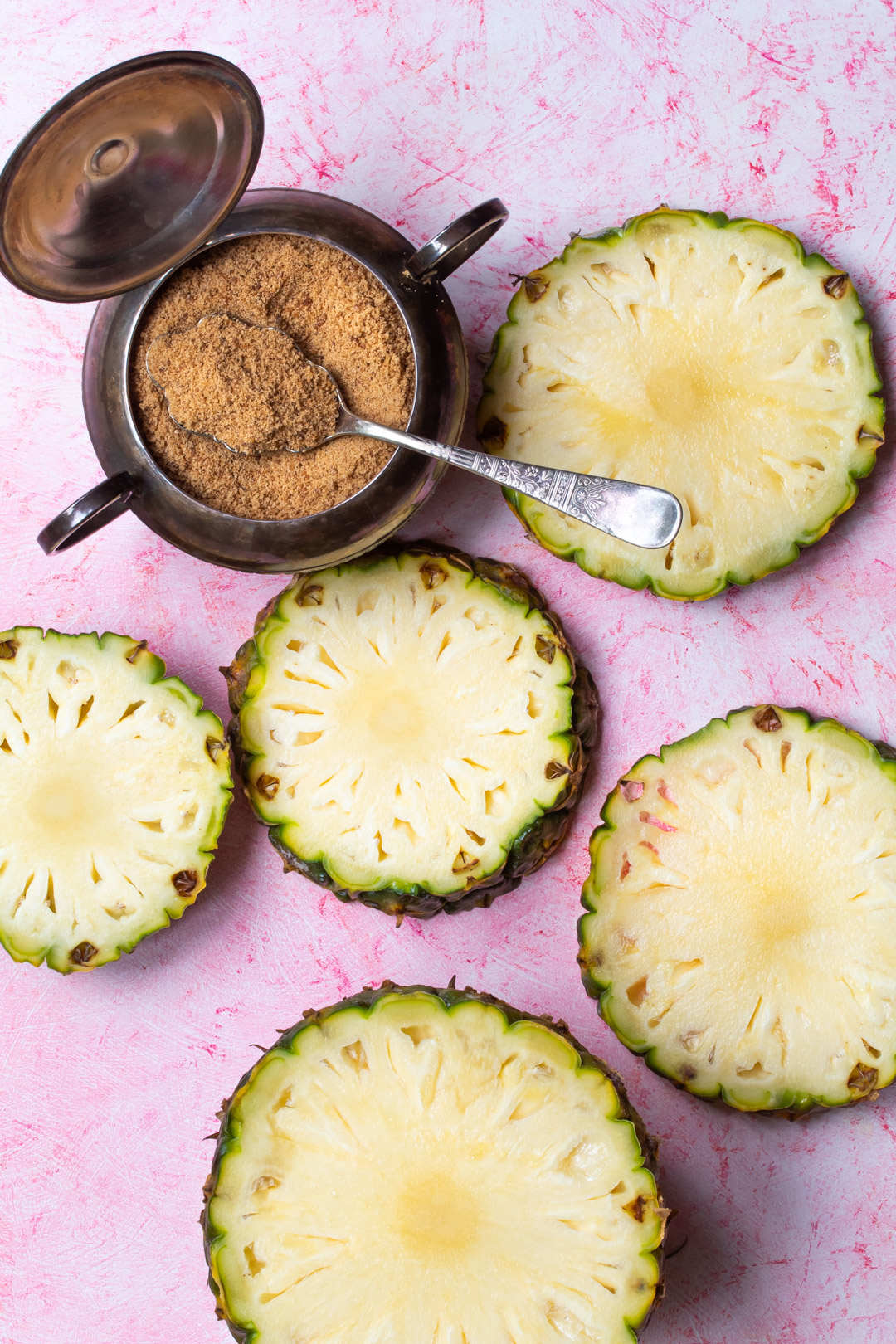
Pineapple Syrup
The pineapple syrup recipe developed here is inspired by the concentrated pineapple syrup recipes provided by Hiss (1897: 85-86) in The standard manual of soda and other beverages and De Forest Saxe (1893: 92-93) in Saxe’s New Guide and pineapple syrup in Gia Giasullo and Peter Freeman’s (2014) The Soda Fountain. I have used Hiss’s (1897: 85-86) and Giasullo and Freeman’s (2014) method of extracting pineapple juice by macerating pineapple slices with sugar and water, and I have added a small amount of citric acid, straining, and decanting into a clean glass container. Unlike Hiss (1897) however, and in line with Giasullo and Freeman (2014) I have maintained a cold process rather than using heating. Hiss’s (1897: 85-86) recipe indicates that soda foam and citric acid were added to concentrated pineapple syrup along with simple syrup for use in the soda fountain. I have retained the citric acid, but the soda foam is added to individual drinks, and I have reduced the sugar in line with Giasullo and Freeman (2014) to make a ready-made rather than a concentrated syrup requiring further dilution before use. I experimented with using demerara and panela sugars to make the pineapple syrup both are good; demerara offers a richer molasses note while panela produces a pineapple caramel syrup.
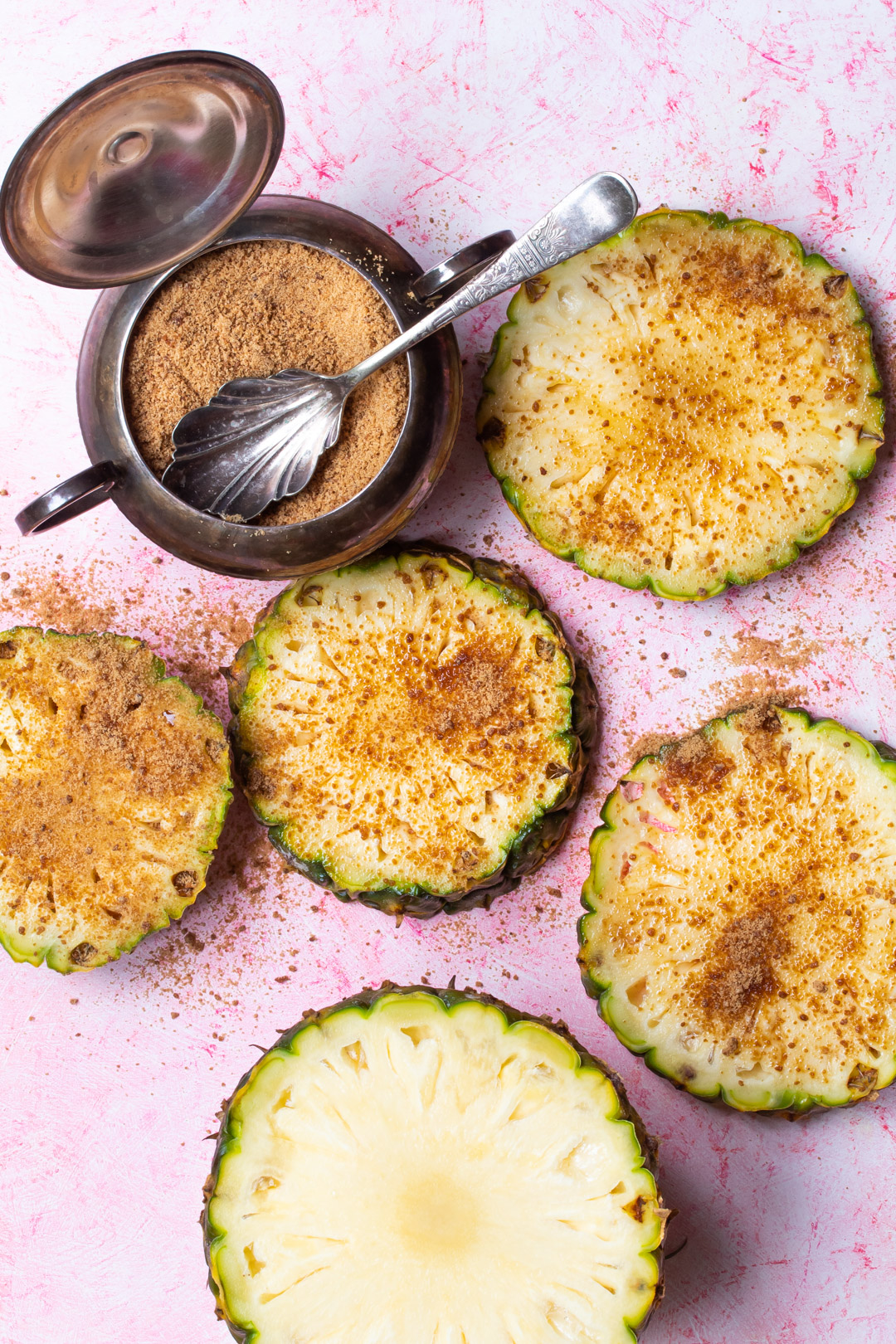
Tip: preserve fresh pineapple by making syrup, reserve macerated pineapple fruit for use as a dessert topping
Fresh Pistachio Orgeat Syrup
Fresh pistachio orgeat syrup has been informed by the recipe for Any Nut Orgeat of Dave Arnold (2014) in Liquid Intelligence but is also informed by the recipes for orgeat in the soda fountain manuals where there are examples of almond orgeat. Pistachios are used here as an interesting pairing with pineapple. Dave Arnold’s (2014) method uses hot water and a blender to make nut milk that is then measured and matched 1:1 with sugar. I have added a pinch of xanthan for stability and rose water and orange flower water for delicate floral notes. I have used fresh pistachios for this recipe which require a little more preparation, removing outer casings, roasting to open the shells and shelling prior to use. The recipe works just as well with shelled pistachios.
Pistachio orgeat can be used in cocktails as well as soda fountain drinks see my posts on Japanese cocktail and pineapple shrub Mai Tai.
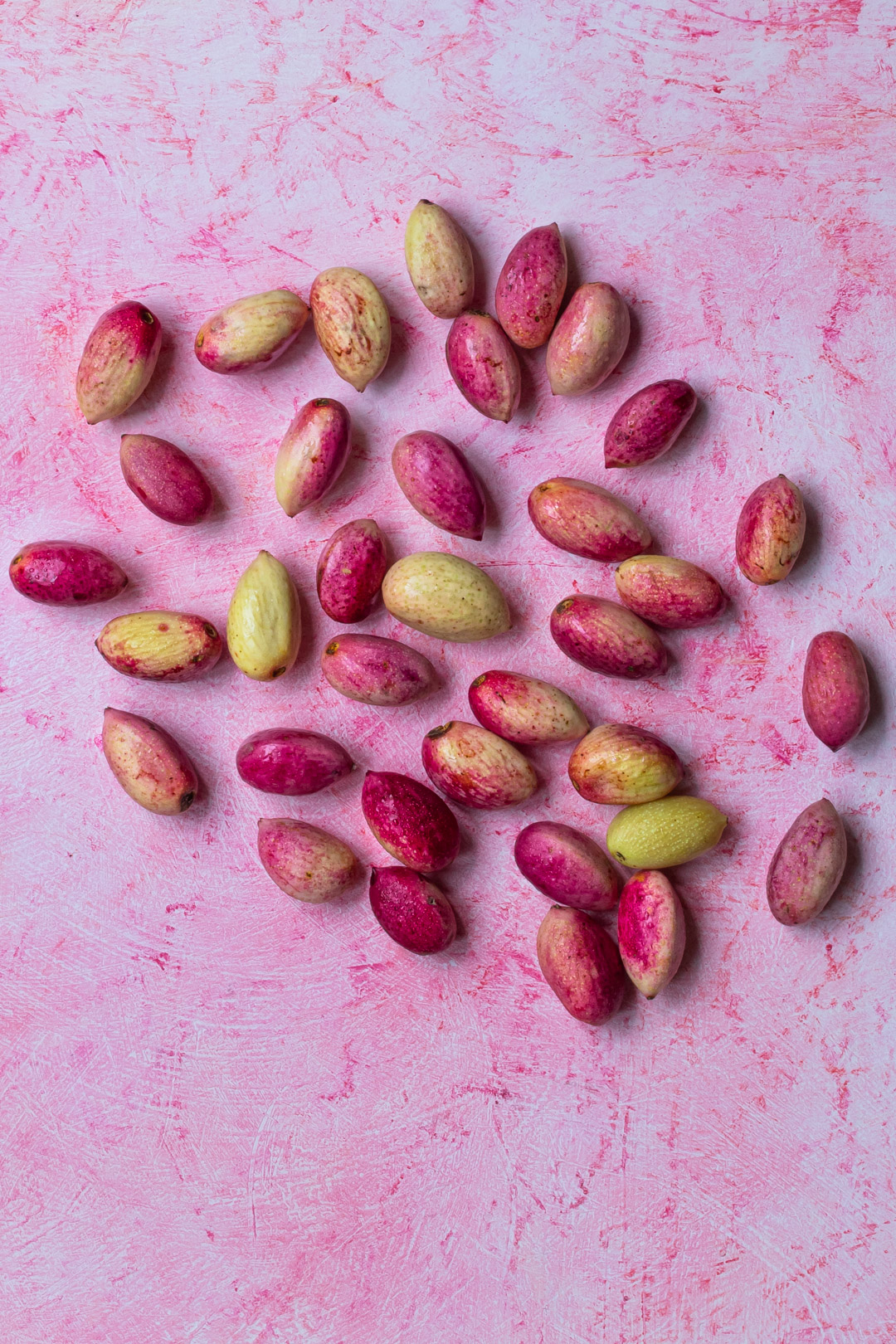
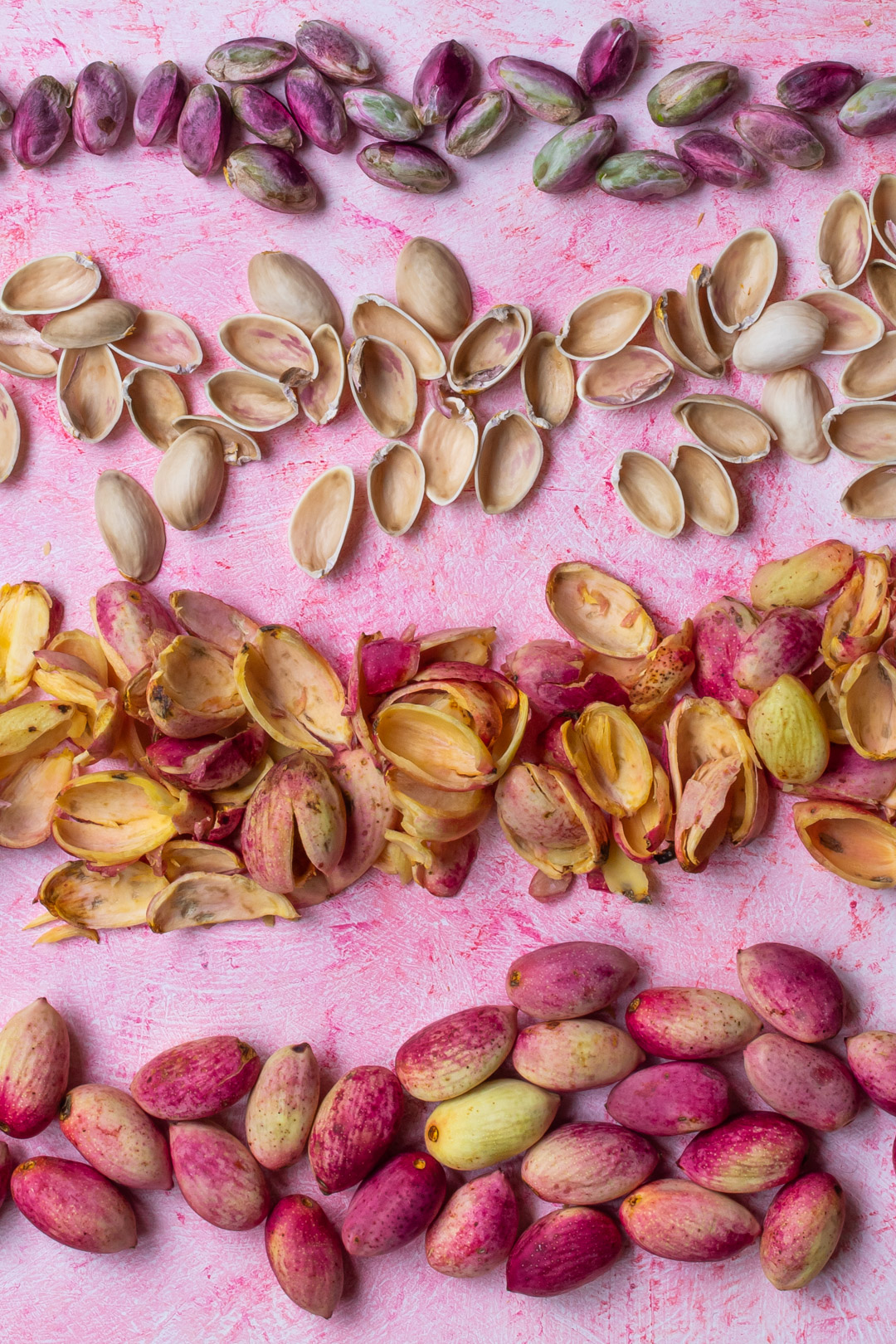
Tip: heating the fresh pistachios once soft outer shells are removed, opens the hard inner shells, making them easier to remove
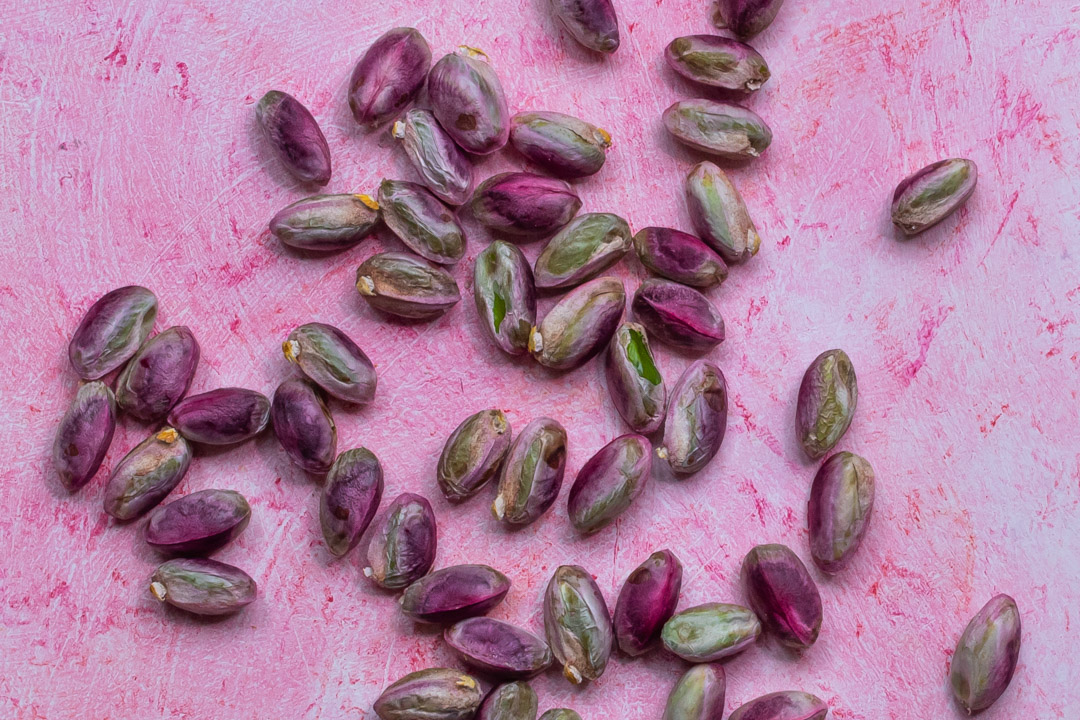
Tip: Preserve your fresh pistachios by making them into orgeat, add a small amount of vodka for longer shelf life, reserve leftover pistachio meal for another use such as making cookies
Orange Syrup
The orange syrup recipe developed here is inspired by the Lemon Syrup I. master recipe and related Orange Syrup recipes using a cold process maceration provided by Hiss (1897: 77, 84) in The standard manual of soda and other beverages. I have also referred to the helpful modern orange and tangerine syrup recipe of Giasullo and Freeman (2014) in The Soda Fountain. Lemon syrup was one of the most popular flavours at the soda fountain. Hiss’s (1897: 77) lemon syrup recipe follows the method of creating an oleo saccharum or oil sugar by rubbing lemon or orange zest with sugar to release the oils, combining this with water and the juice of lemons or oranges and a little citric acid, allowing a long cold process maceration and then straining and decanting into a clean glass container. Demerara or panela sugar can be used for orange syrup – demerara offers a richer molasses flavour with brighter orange notes while panela brings a caramel flavour and rounder mouthfeel and a darker colour.
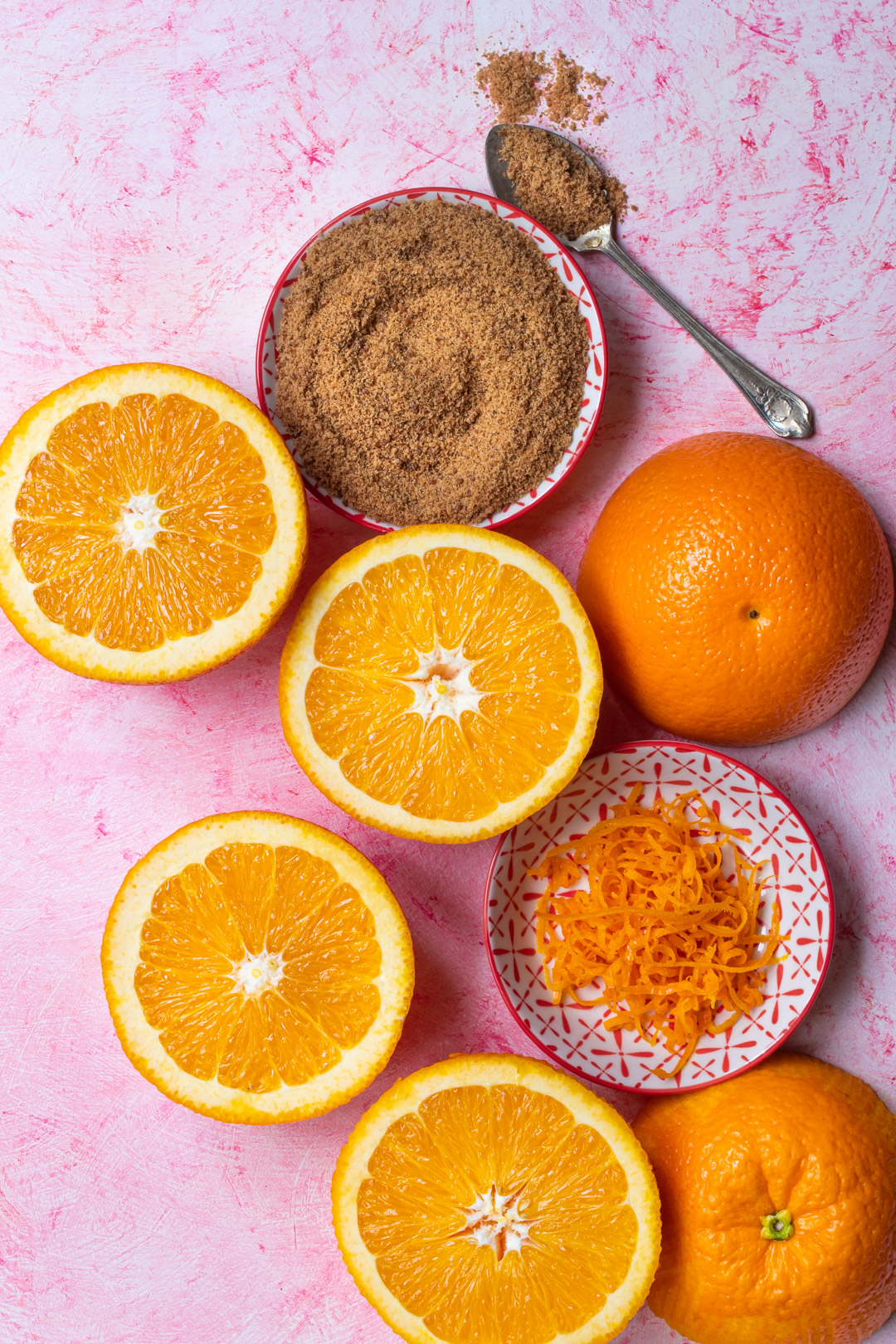
Tip: Preserve fresh oranges by making orange syrup
Vanilla Syrup
I have opted to use the highest quality ingredients and keep them as fresh as possible – this approach is informed by Gia Giasullo and Peter Freeman (2014) from Brooklyn Farmacy who offer a recipe for Vanilla Cream Syrup in their book The Soda Fountain which uses both fresh vanilla beans and seeds and vanilla extract. Demerara or panela can be used for vanilla syrup. Demerara sugar gives a molasses flavour while panela has a caramel flavour. Note that most soda fountain recipes used house made vanilla extract in simple syrup with citric acid solution 1:1 and some included musk extract and lemon oil to enhance the flavour of the vanilla. There are many vanilla tincture/extract recipes with various maceration times and processes, and it seems likely the quality varied greatly depended on the processing of the product and the raw ingredients used (for more information on Vanilla Extract recipes see Hiss 1897: 57).
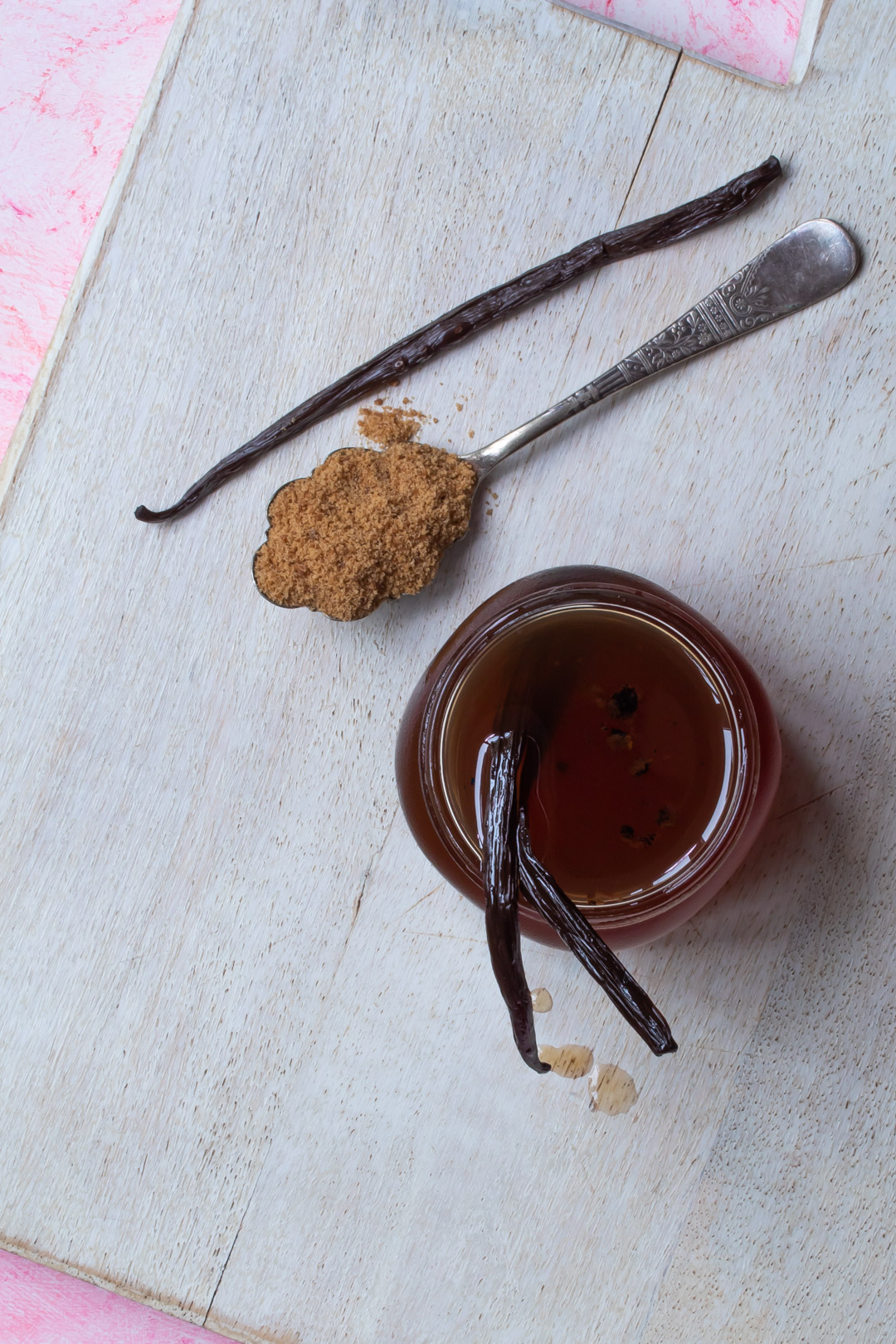
Tip: leave the whole vanilla beans in the syrup for added flavour
Egg White Soda Foam
Syrups usually had a foaming agent added directly to them. I have optionally added an egg white soda foam to individual drinks rather than to syrups to allow for a better syrup shelf life. If batching larger quantities of syrup for making many drinks adding soda foam to syrups would likely work better. Hiss (1897: 34) indicates that Egg White or Albumin Foam is made using 1 egg white whisked into 16 oz. water – 1 oz. is to be added to each 4.5 litres or 1 gallon of syrup. When adding to individual drinks a small amount only is needed – I used ¼ teaspoon per drink. I used real free range organic egg white.
Lactart: 10% Lactic Acid Solution
I experimented with two forms of Lactart – 10% lactic acid solution. Firstly, I used ready-made Lactart solution created by the Extinct Chemical Co – this solution contains water, lactic acid and calcium lactate. In Australia Extinct Chemical Co. Lactart is available from Only Bitters (the product is also to be found on the website Art of Drink but note that there is unfortunately no direct shipping available to Australia at the time of writing).
Secondly, I made my own Lactart 10% lactic acid solution using dried lactic acid powder sourced from Melbourne Food Depot and informed by the recipe provided by Hiss (1897: 109-110) in his The standard manual of soda and other beverages.
Tips for working with lactic acid powder
It is easy to make a 10% lactic acid solution, but I do recommend reading Dave Arnold’s (2014) Liquid Intelligence for helpful advice on how to measure, mix and use acids in cocktails. I also found useful tasting notes and tips on using acids in Kevin Liu’s book Craft Cocktails at Home and online in Camper English (2017) Balance of Sour, in Cook’s Science and Maja Jarworska (2017) Drink Science with team Lyan: Acidity without Citrus, in Punch. Here are my tips on using lactic acid powder to make a 10% solution below.
- Use a Small Increment Scale: A scale with small increments is required for measuring acid powders in small quantities
- Measure by Weight: Measure both acid powder and water by weight using the scale – zero the scale with parchment paper in place for the acid powder and with a small measuring container in place for the water before measuring by weight
- Baking Paper for Adjustments: Place a small square of baking paper into the measuring tray to assist in making fine adjustments as the lactic acid powder is 100% pure it is very strong and only a small amount is required – to adjust the amount make a small fold in the paper and use this to pick up and drop a small amount of powder onto a teaspoon to remove from the scale
- Small Batch: Make a small batch to experiment with – I made a 2 oz. batch
- Safe Storage & Use: Store and measure lactic acid solution in a glass bitters bottle with a non-reactive dropper top, wash hands and measuring utensils after use
Flavour & texture observations of lactic acid solution
My flavour and texture observations on the ready-made versus the DIY Lactart are below.
- Brightening, tang, flavour enhancing, neutral: Ready-made Lactart and homemade Lactart both have a brightening quality that adds a sour dimension to drinks that has a yoghurt-like tang but a neutral flavour that allows either base spirits in cocktails or the flavour of syrups used in sodas to shine
- Creamy mouthfeel: I preferred the homemade version overall as it had a slightly brighter sourness and a more pleasing creaminess on the palate
- Ease of use: Readymade Lactart has the advantage of ease of use
Cream & Ice Cream
I have used fresh organic single cream and although not required in the vintage recipes for Pineapple Cream Lactart I have added a vanilla gelato as this is a fancy version of a vintage recipe that reworks the flavours with fresh pistachio orgeat that adds a creamy texture, enhanced further by the addition of ice cream. I have followed Hiss’s (1897: 19-20, 67) instructions for how to add the ice cream in the process of making a cream soda, adding the soda water at least halfway before adding the ice cream and the final foam with a fine stream.
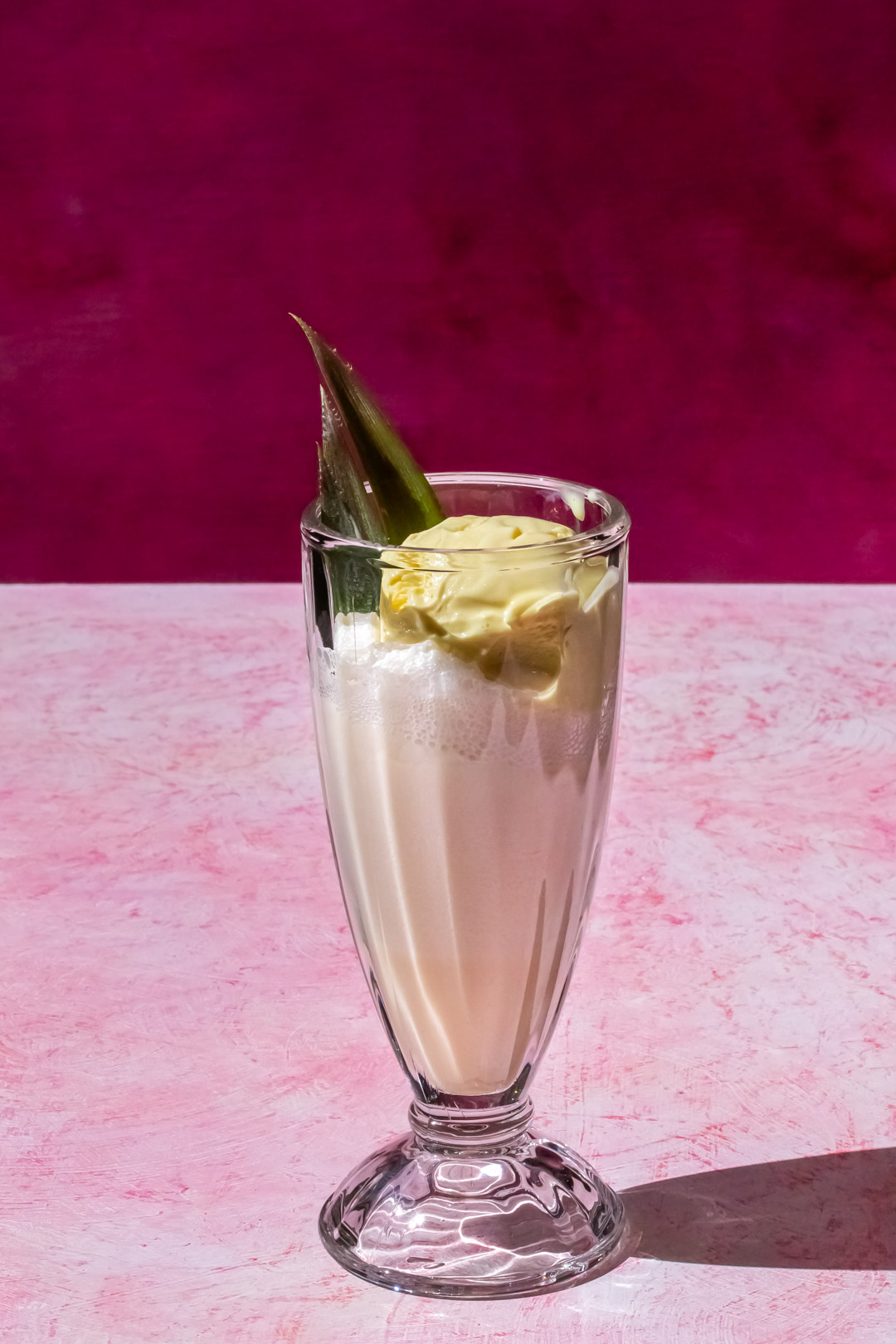
Tips for making soda water using an iSi soda siphon
I have used a modern iSi soda siphon which charges water with C02. Tips for making bubbly soda water with an iSi siphon are below.
- Use very cold water: to chill water place in the fridge or chill with ice cubes and then strain
- Pre-chill your iSi soda siphon: prior to use in the fridge
- Use a funnel: to add chilled water to your iSi siphon
- Seal well: ensure that the iSi soda siphon is well sealed, avoid drips forming along the thread – wipe dry with a clean tea towel before sealing, do not over fill the vessel
- Charge & shake well: after charging with C02 and before use shake vessel vigorously until outside becomes frosted
- Clean iSi soda siphon: after each use and allow to dry, store disassembled
- Fine stream for mixing & foaming: Light pressure on the siphon lever will give a fine stream useful for mixing syrups when directed against the side of the soda glass and for control in creating a foam on the top of a soda
- Coarse stream for filling: Stronger pressure on the siphon lever will give a coarse stream useful for filling the glass half full once the syrups are mixed
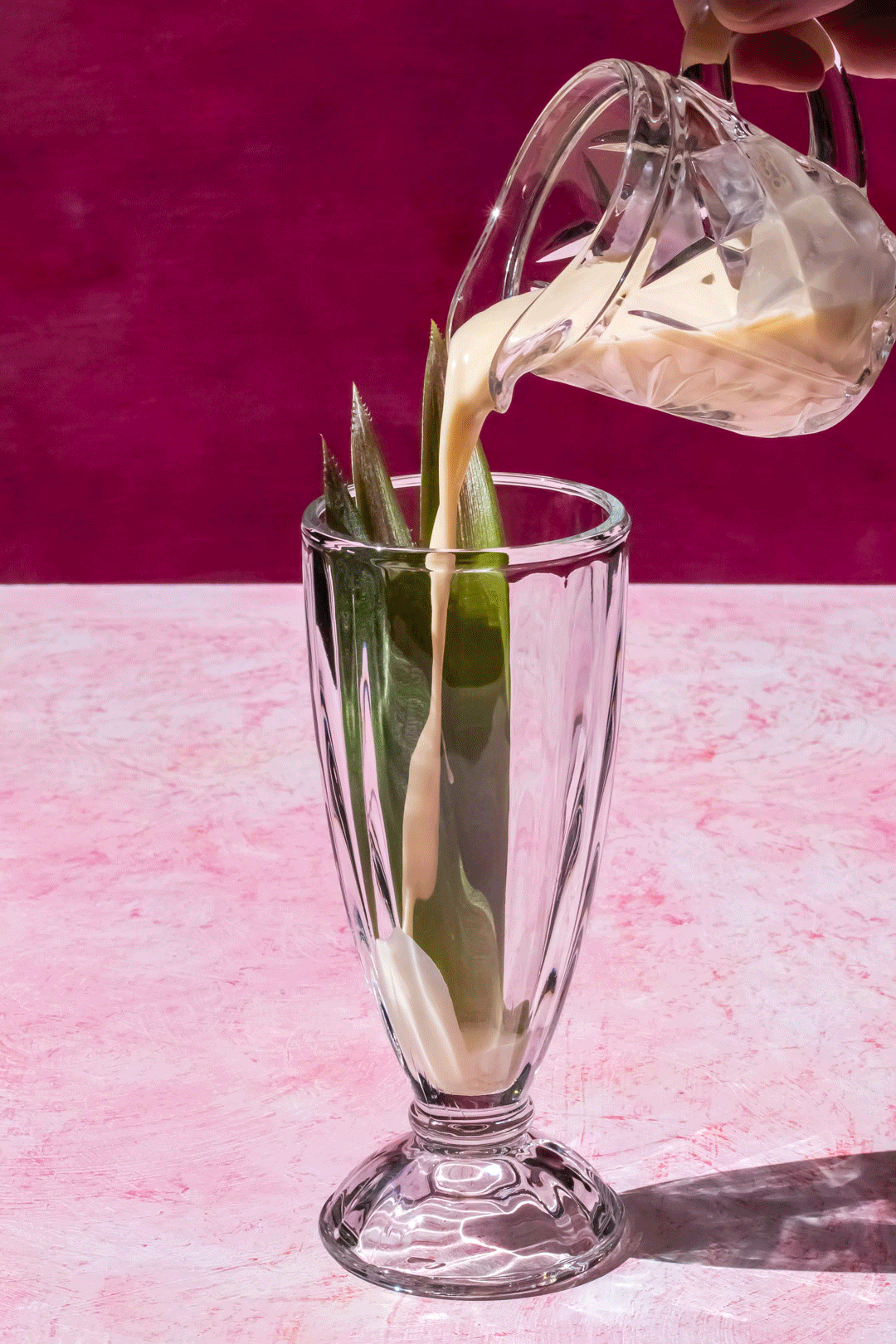
Tip: Save pineapple tops, plant them in the garden for living garnishes
How to make a pineapple pistachio cream lactart: Foamed Ice Cream/Cream Soda Method
I have followed and adapted Hiss’ (1897: 19-20, 67) detailed instructions on how to make a foamed ice cream or cream soda such as a Cream Lactart Soda using the following steps outlined below.
- Add syrup & cream to glass: Add premixed syrups, lactart, soda foam and cream using a small jug to pour into the bottom of a soda glass prepared with three fresh pineapple leaves
- Fine stream of soda to mix syrup & cream: Add soda water using gentle pressure on the lever of the soda siphon for a fine stream of soda against the side of the glass, optionally turning the glass, mixing syrup and cream with soda water
- Coarse stream of soda to half fill glass: Fill the glass to half-full using a stronger pressure on the soda siphon lever for a coarse stream of soda
- Add ice cream: Add ice cream or gelato when glass is half full
- Fine stream of soda to add foam: Use gentle pressure on the siphon lever for a fine stream of soda, and optionally turn the glass, to create a light layer of foam on top of the ice cream, syrup, and cream
- Garnish with nutmeg: Finish the drink with a sprinkling of freshly grated nutmeg
- Serve with a reusable straw and soda spoon: Serve with a reusable metal straw and a long handled soda spoon
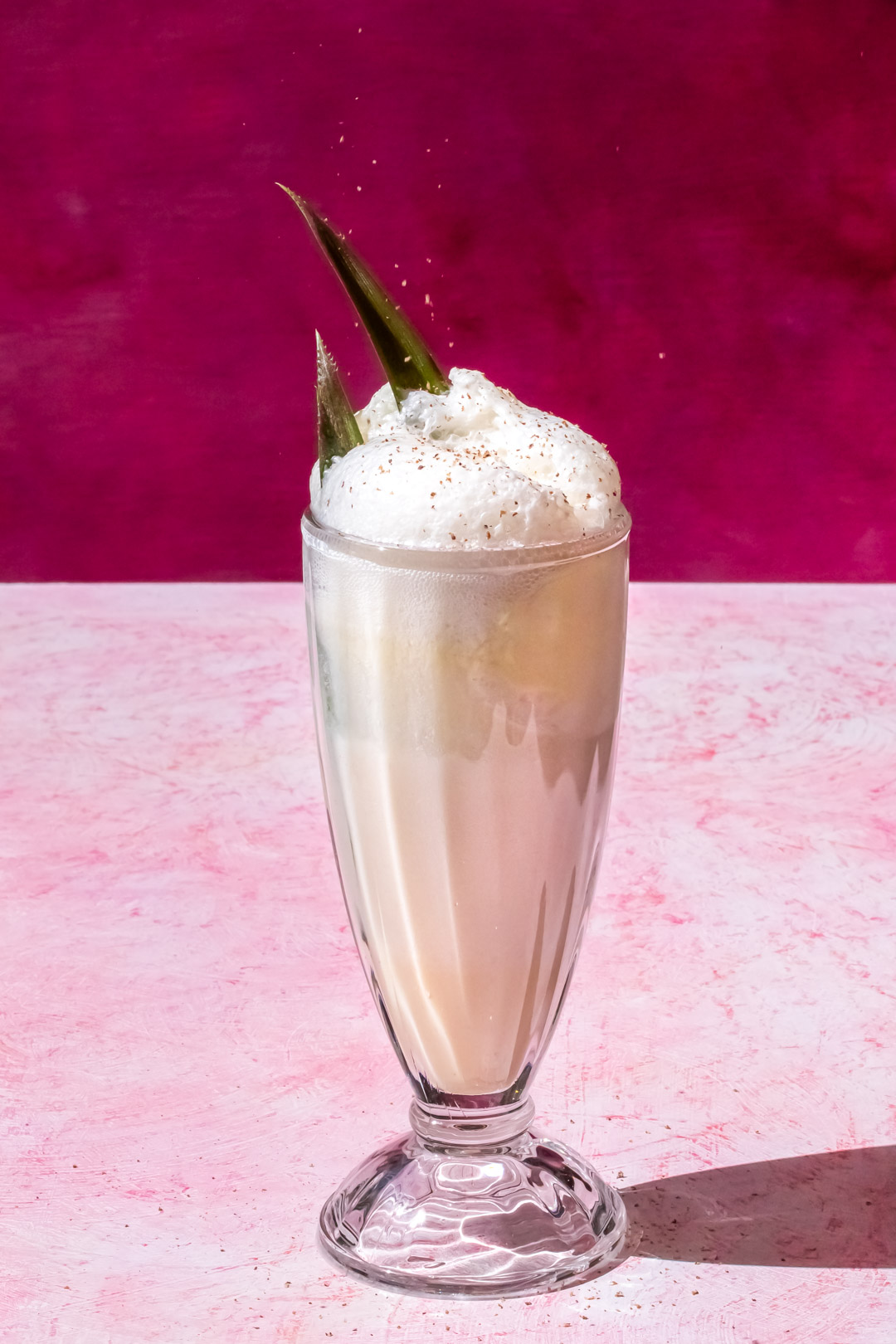
Styling pineapple pistachio cream lactart: fancy presentation, sustainable pineapple leaf garnish
The pineapple pistachio cream lactart is served in a Libbey vintage style footed soda glass with 3 pineapple leaves as a garnish along with freshly grated nutmeg. The fresh pineapple leaves make a beautiful deco shape in the footed soda glass and create a green and purple colour scheme that matches the colours of the shelled pistachio nuts. Pineapple leaves are a great sustainable garnish idea – instead of throwing out the pineapple top, plant this in your garden for an evergreen source of fresh living garnishes as the pineapple will keep growing.
The pineapple leaves and vanilla gelato offer a fancy touch to the presentation that matches the new flavour combination of pineapple and pistachio for a special drink that is in keeping with the inclusion of ice cream in cream sodas and the elaborate seasonal garnishes of fancy soda fountain drinks. I have served the pineapple pistachio cream lactart with a metal reusable straw and a long handled soda spoon.
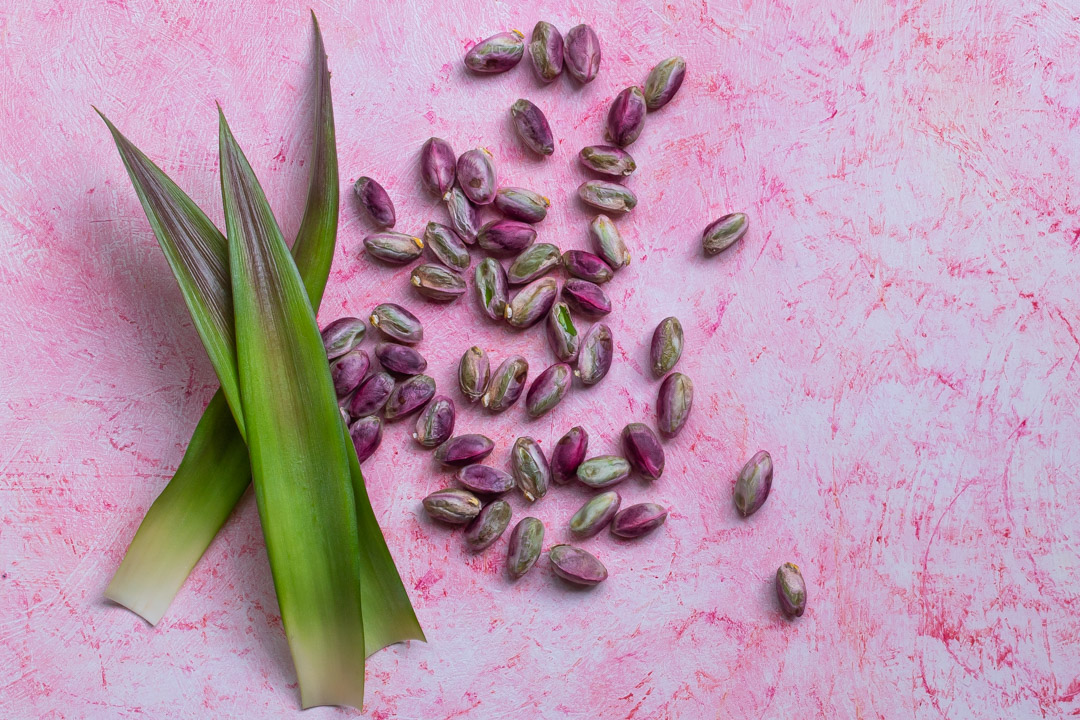
Sustainable garnish tip: instead of throwing away your pineapple top, plant it in your garden for evergreen living pineapple leaf garnishes, it will keep growing, and if conditions are warm enough may produce a pineapple fruit after about 2 years
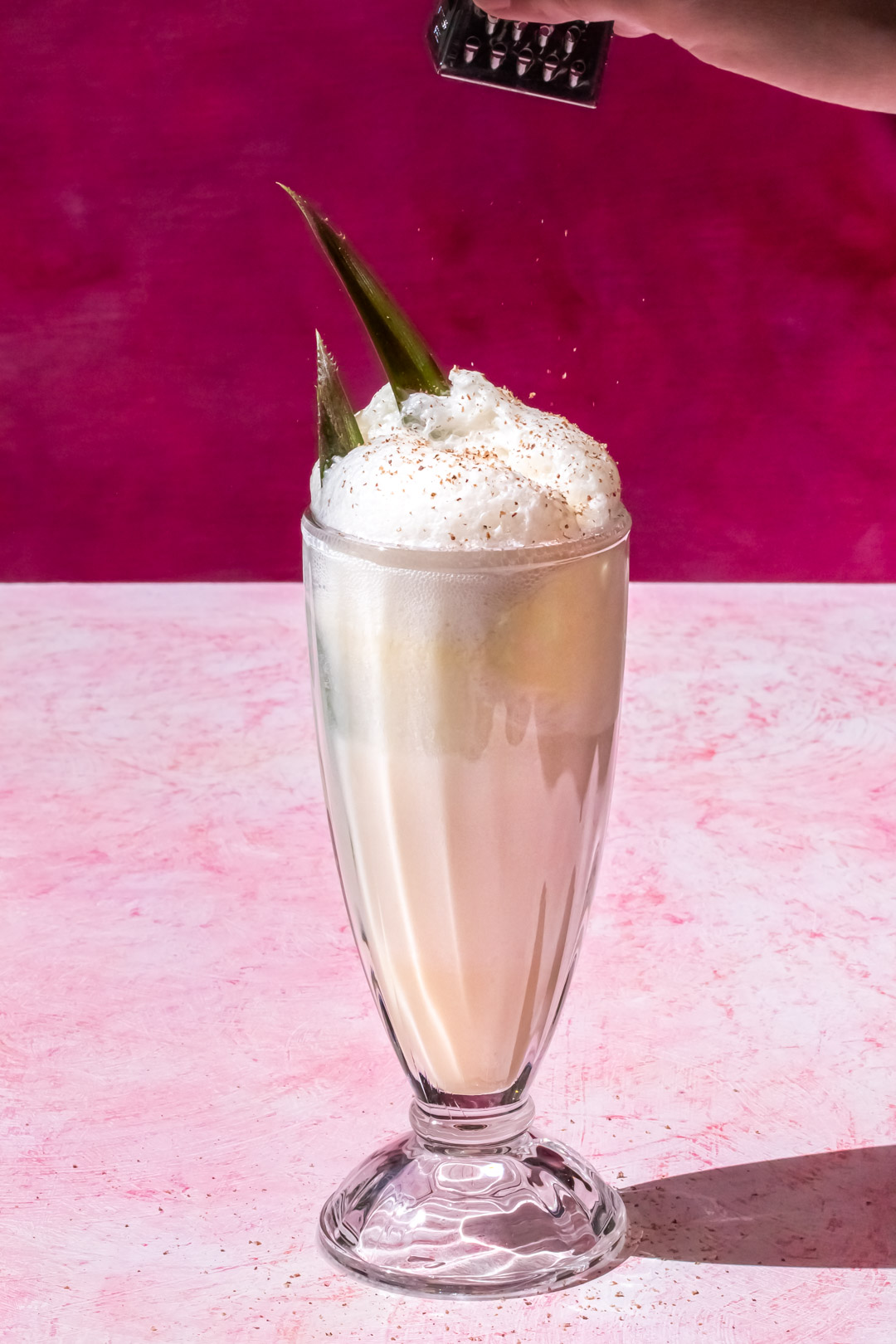
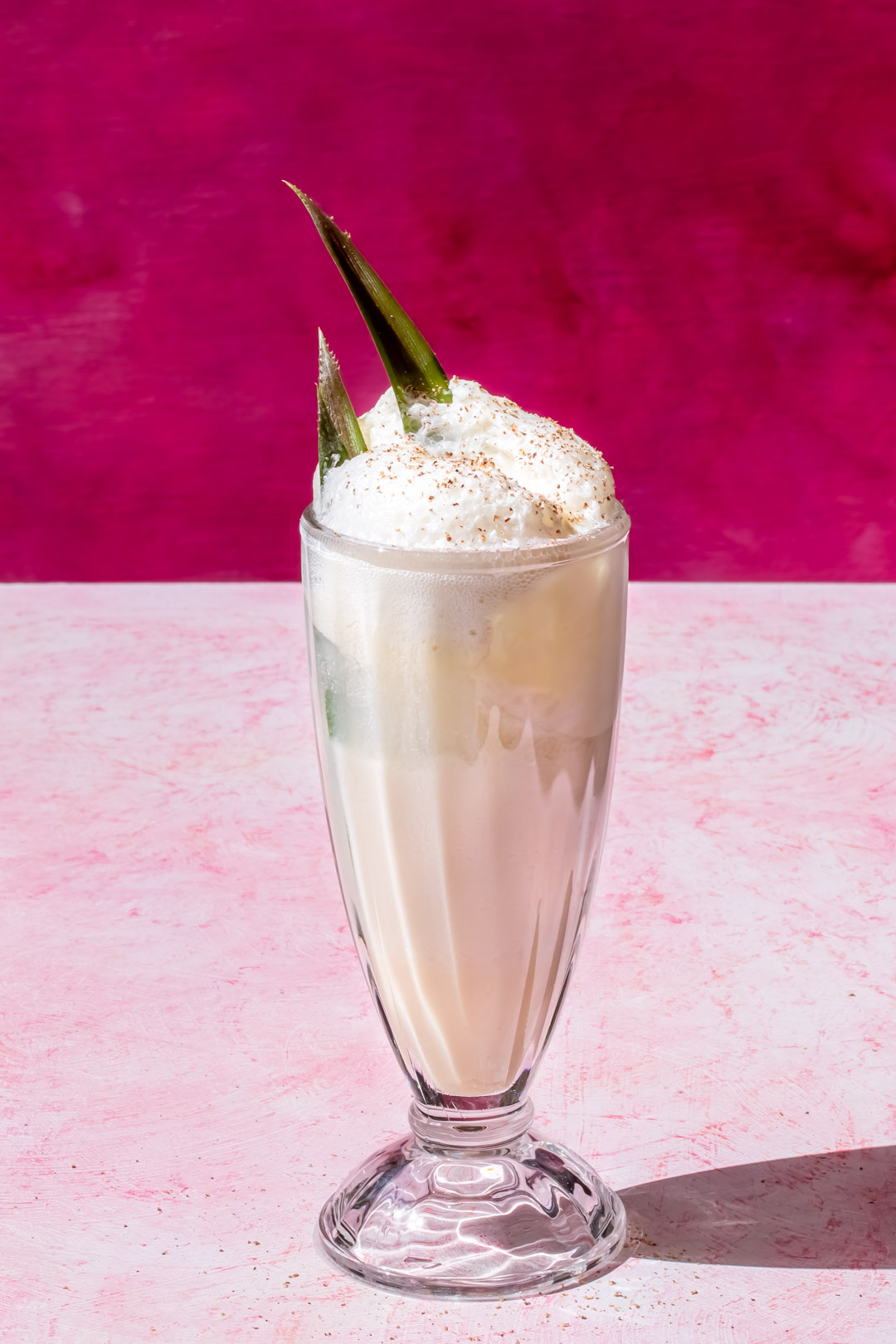
Pineapple pistachio cream lactart: Vintage style fancy soda fountain drink
Print RecipeIngredients
- PINEAPPLE SYRUP: ½ pineapple, sliced
- Reserve pineapple head and leaves for garnish and to plant in garden for more living garnishes
- 1 cup demerara or panela sugar
- ½ cup water
- ½ teaspoon citric acid, to taste
- ORANGE SYRUP: Finely grated rind of 2-3 oranges
- 1 cup freshly squeezed and strained orange juice (about 2-3 oranges)
- ½ cup water
- 1 cup demerara or panela sugar
- ¼ teaspoon citric acid
- VANILLA SYRUP: 1 ½ cups demerara or panela sugar
- 1 ½ cups water
- 1 vanilla bean, seeds scraped out and pod
- 1 ¼ teaspoons vanilla extract
- 1/8 teaspoon citric acid
- FRESH PISTACHIO ORGEAT SYRUP: 100grms shelled and toasted pistachio nuts (fresh or dried and pre-shelled)
- 330mls hot water
- 1 pinch xanthan gum
- 11oz. caster sugar
- 1 teaspoon rose water
- 1 teaspoon orange flower water
- 10mls vodka, optional
- EGG WHITE FOAM: 1 real free range organic egg white
- 16 oz. water
- LACTART (10% LACTIC ACID SOLUTION): 6grms lactic acid powder 100% purity (by weight)
- 60grms water (by weight)
- PINEAPPLE PISTACHIO CREAM LACTART: ½ oz. pineapple syrup
- ½ oz. pistachio orgeat
- ¼ oz. orange syrup
- ¼ oz. vanilla syrup
- 1 oz. fresh organic cream
- 1 teaspoon Lactart (readymade solution such as Extinct Chemical Co. or Homemade Lactart - 10% lactic acid solution)
- ¼ teaspoon egg white foam, optional
- 1 scoop vanilla gelato, optional
- Soda water to mix, top and foam
- GLASSWARE: Libbey vintage footed soda glass, reusable metal straw and long handled soda spoon for serving
- GARNISH: Freshly grated nutmeg and fresh pineapple leaves for garnish
Instructions
PINEAPPLE SYRUP: Wash, peel and slice pineapple
Reserve pineapple head and leaves for garnish and to plant in garden for more living garnishes
Mix sliced pineapple, sugar, water, citric acid in a non-reactive container
Allow to macerate overnight in the fridge
During maceration muddle or mash pineapple
Strain using a fine mesh sieve
Reserve macerated pineapple for another use, such as a dessert topping
Decant into clean glass container, store in the fridge
ORANGE SYRUP: finely grate rind of 3 oranges and set aside
Juice and strain 2-3 oranges as required to make up 1 cup of juice
Rub the finely grated orange rind with the sugar
Add water and juice to the sugar and orange rind, stir to combine
Add citric acid to taste if desired
Allow to macerate overnight, agitating to dissolve sugar periodically
Whisk to incorporate any undissolved sugar
Fine strain, and decant into clean glass container, refrigerate
VANILLA SYRUP: Add all ingredients to a small pan and gently warm to dissolve sugar
Decant into clean glass jar and store in fridge, leave vanilla beans in syrup for more flavour
FRESH PISTACHIO ORGEAT SYRUP: Remove outer casings of pistachios if using fresh pistachios
Place in oven for about 10 minutes on 180 C to allow the shells to open and nuts to become lightly toasted
Shell pistachios
Blend toasted pistachios with hot water
Strain through nut milk bag
Measure yield of pistachio milk (mine was 11 oz.)
Reserve strained pistachio nut meal for another use, such as making cookies
Add pistachio milk and equal parts caster sugar and a pinch of xanthan to a clean blender, blend to combine
Stir in rose water and orange flower water
Decant into clean glass container, and refrigerate, for longer shelf life add 10mls vodka
EGG WHITE FOAM: Whisk 1 egg white into 16oz. water – make fresh as needed, add 1/4 teaspoon to individual drinks
LACTART (10% LACTIC ACID SOLUTION): Measure lactic acid powder and water by weight using a kitchen scale with small increments
To measure lactic acid powder by weight, use a small square of baking paper inside the measuring container and zero the scale with the paper present to assist in making small adjustments by gently tilting the paper to remove a small amount of powder into a clean teaspoon if required
To measure water by weight, add a small container to the scale and zero the scale – measure water by weight by adding slowly into the container
Add lactic acid powder and water to a non-reactive container such as a glass jug and stir to combine
Carefully decant into a glass bitters bottle with dropper top
Use ½-1 teaspoon in drinks as a souring and texturing agent to add creaminess
Wash hands and measuring utensils well after working with acids and follow product instructions
PINEAPPLE PISTACHIO CREAM LACTART: Prepare a footed soda glass with three fresh pineapple leaves
Measure syrups, lactart, cream and egg white foam into a small jug and stir to combine
Add the pre-mixed pineapple syrup, fresh pistachio orgeat, orange and vanilla syrups, lactart, egg white foam and cream using a small jug to a footed soda glass
Mix syrups and cream with soda water - using gentle pressure on the siphon lever for a fine stream of soda against the side of the glass and optionally turning glass to mix the syrup and cream with the soda water stream
Use heavier pressure on the siphon lever to create a coarse stream of soda water to fill the soda glass half full
If using gelato or ice cream add at this point, before creating the foam
Use gentle pressure on the siphon lever to create a fine stream of soda water to make a foam on top of the drink by carefully adding soda water to the glass and optionally turning the glass
Grate fresh nutmeg over the foam
Serve with a reusable straw and a long handled soda spoon
Notes
SODA FOUNTAIN MANUALS & ARTICLES
Gia Giasullo & Peter Freeman (2014). The Soda Fountain: Floats, Sundaes, Egg Creams & More – Flavours and traditions of an American original. Ten Speed Press: Berkeley.
Emil Hiss (1897). The standard manual of soda and other beverages: A treatise especially adapted to the requirements of druggists and confectioners. G.P. Engelhard: Chicago.
John Matthews (1891). The Matthews Catalogue and Price List of Apparatus, Materials and Accessories for Making and Dispensing Carbonated Beverages. John Matthews Apparatus Co.: New York.
Darcy O’Neill (2016). Simple Syrup for Cocktails. In Art of Drink.
Darcy O’Neill (2009). Fix the Pumps. Art of Drink: London, Ontario, Canada.
De Forest Saxe (1893). Saxe’s New Guide: or Hints to soda water dispensers. The Saxe Guide Publishing Company: Chicago.
HISTORIC MEASURES & CONVERSIONS CHART
RF Cafe (accessed 2022). Apothecary, Avoirdupois and Unusual Conversions Chart. In RF Café.
COCKTAIL SCIENCE: MIXING & USING ACID SOLUTIONS IN COCKTAILS
Dave Arnold (2014). Liquid Intelligence: The Art and Science of the Perfect Cocktail. W.W. Norton & Company: New York & London.
Camper English (2017). Balance of Sour. In Cook’s Science.
Maja Jarworska (2017). Drink Science with team Lyan: Acidity without Citrus. In Punch.
Kevin Liu (2013). Craft Cocktails at Home: Offbeat techniques, crowd-pleasers, and classics hacked with science. </Kevin Liu: Richmond, Virginia.
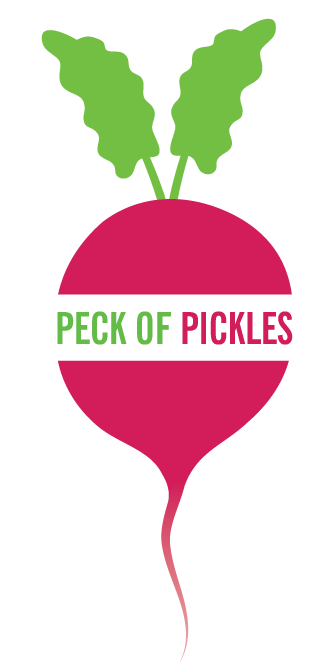
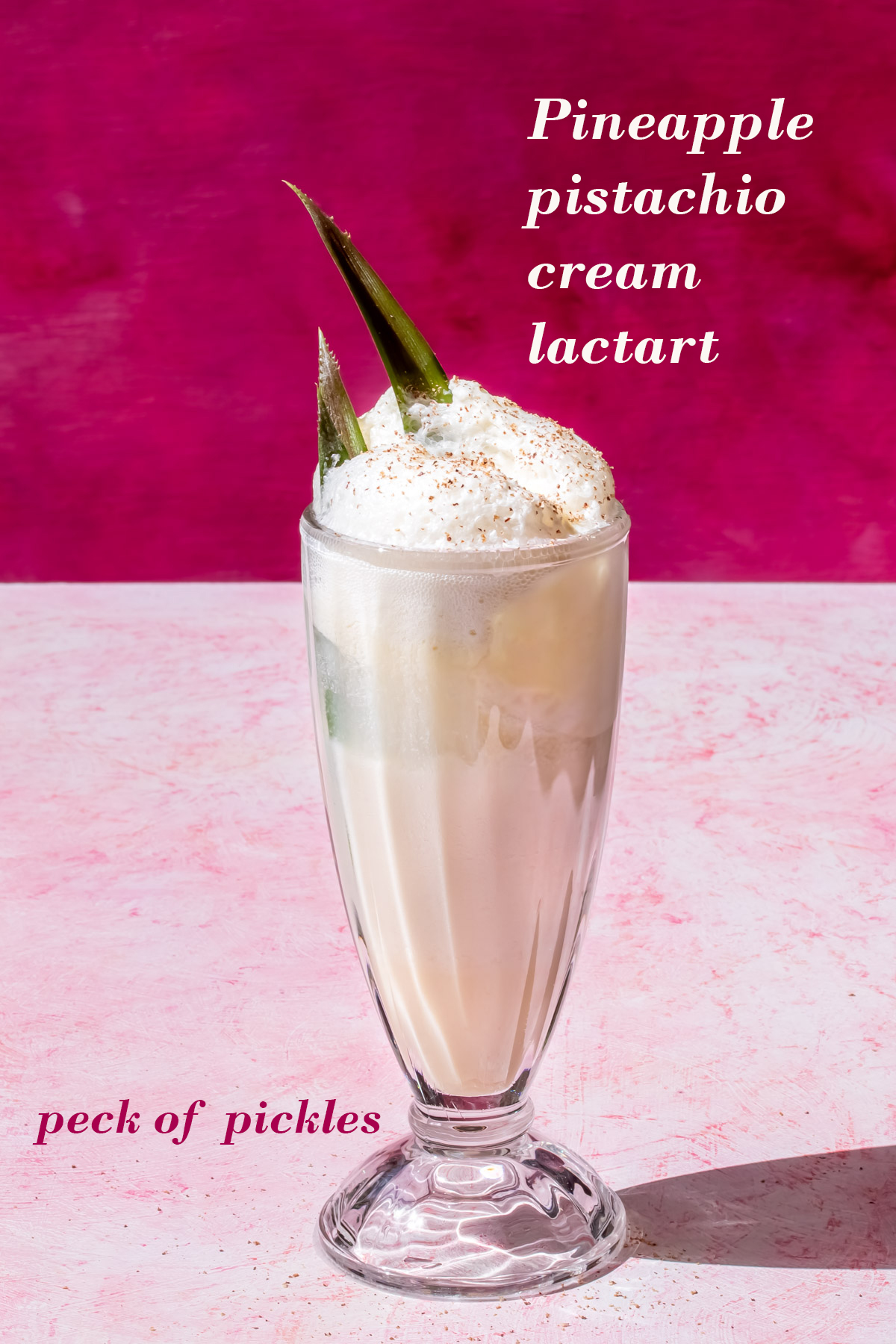
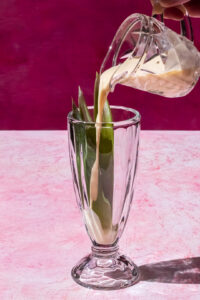
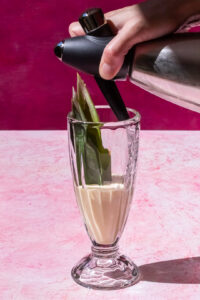
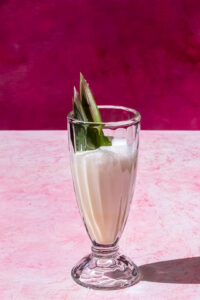
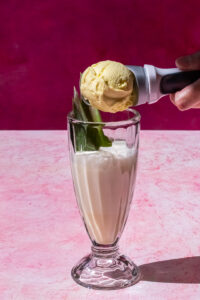
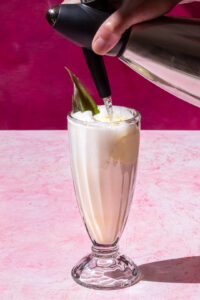
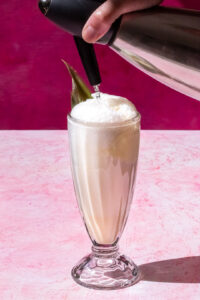
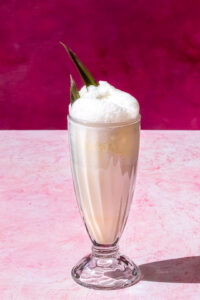
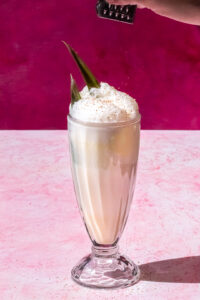
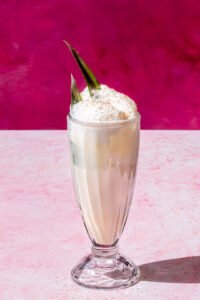
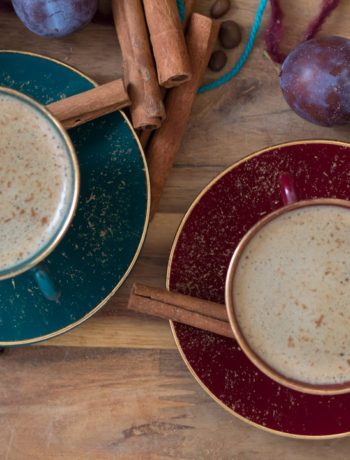
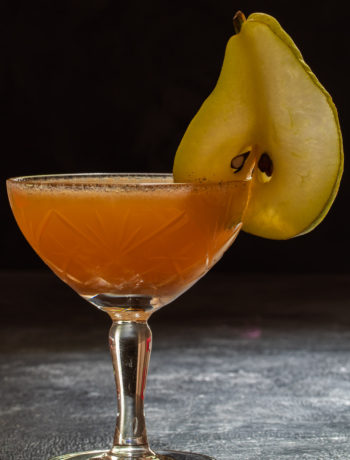
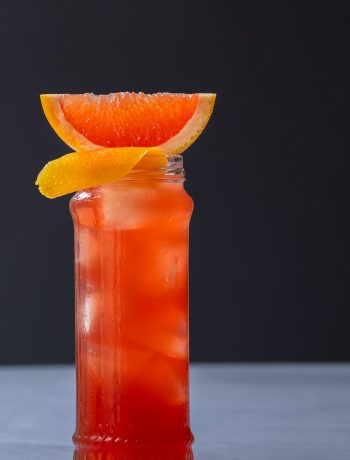
No Comments